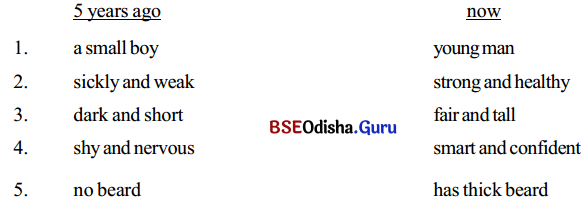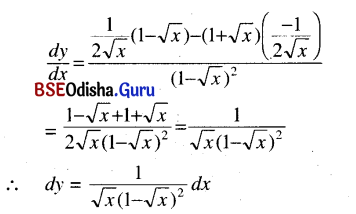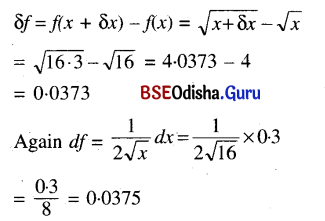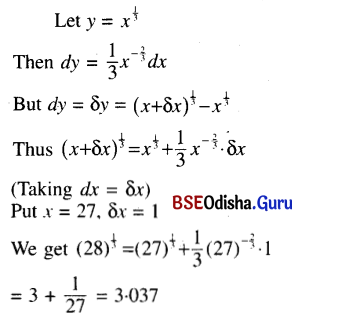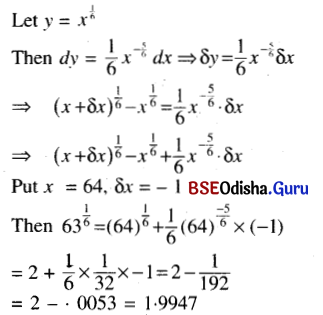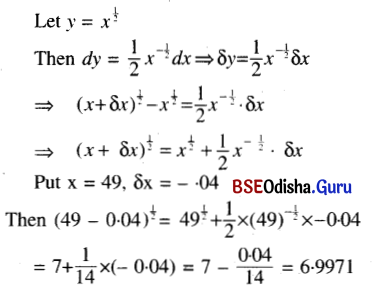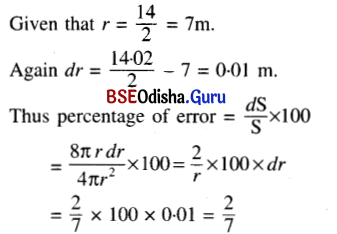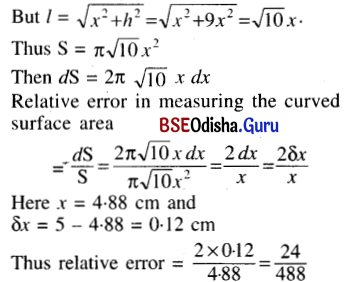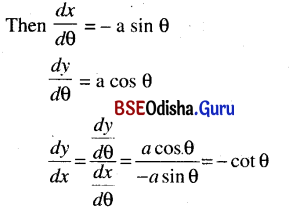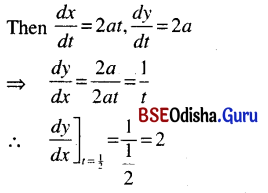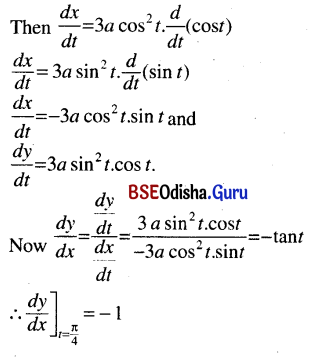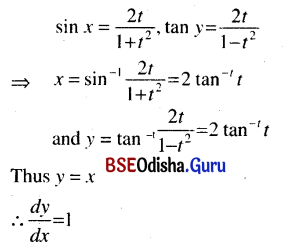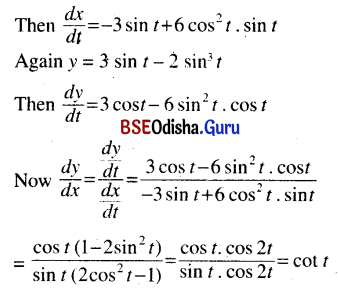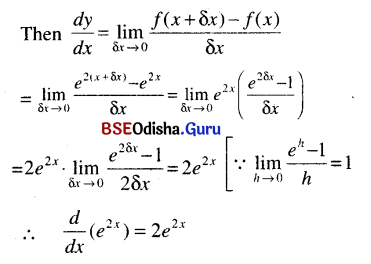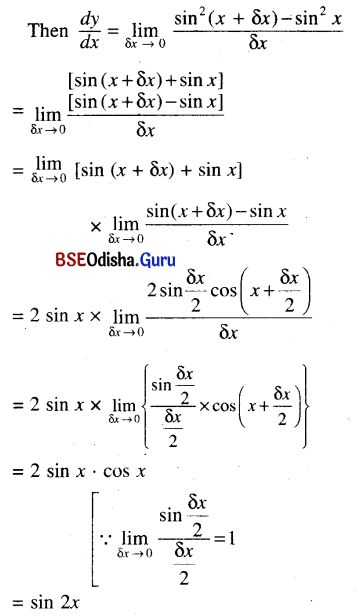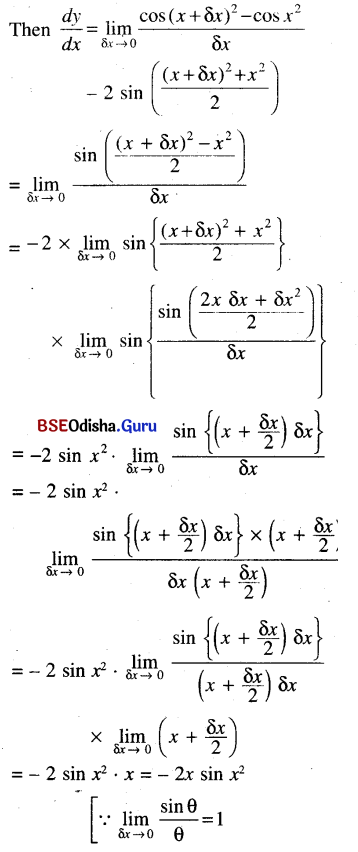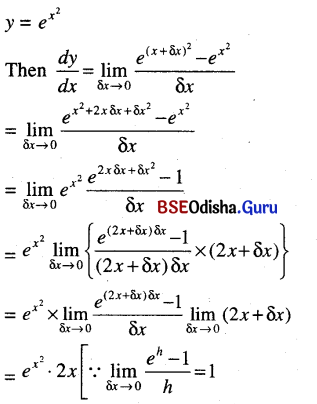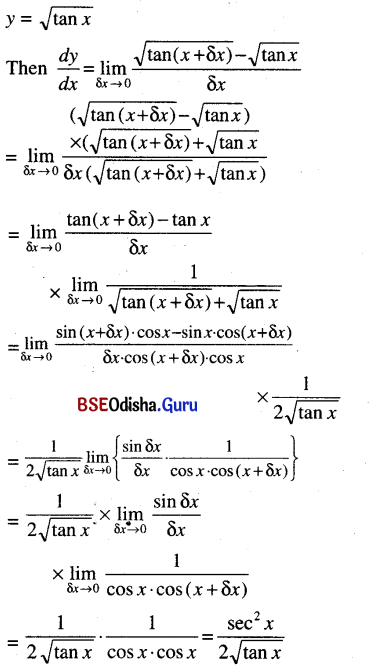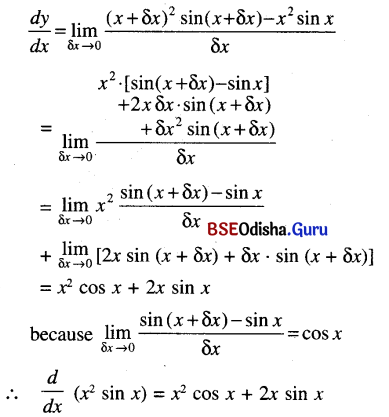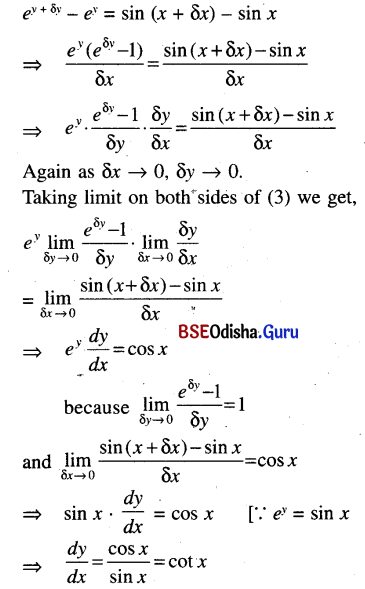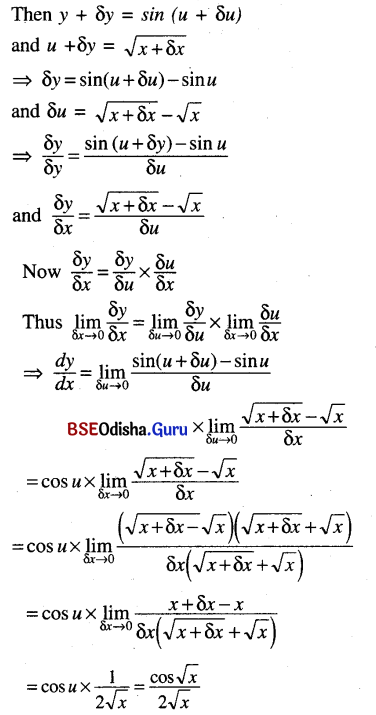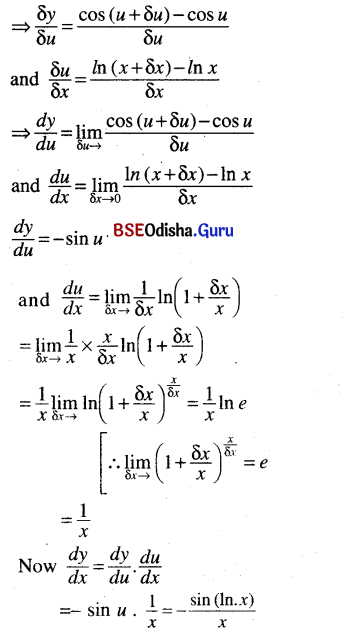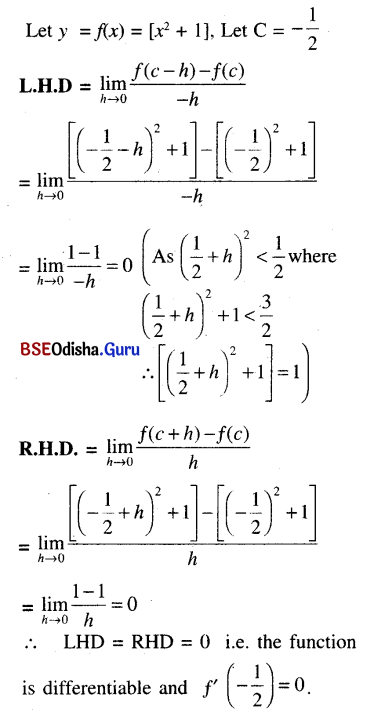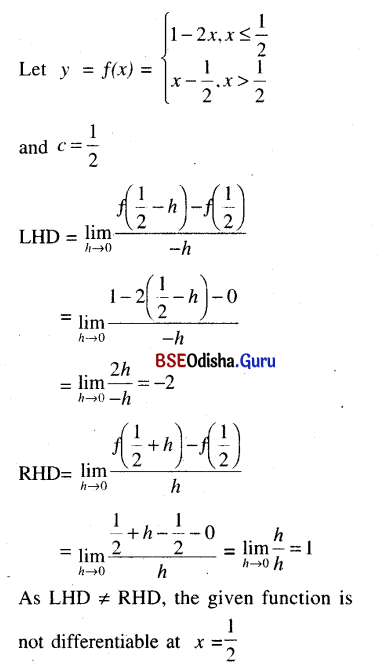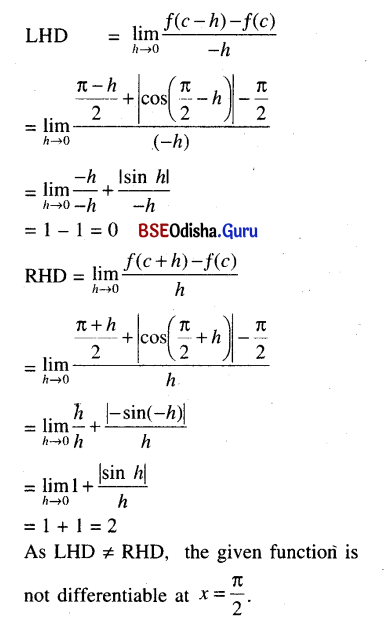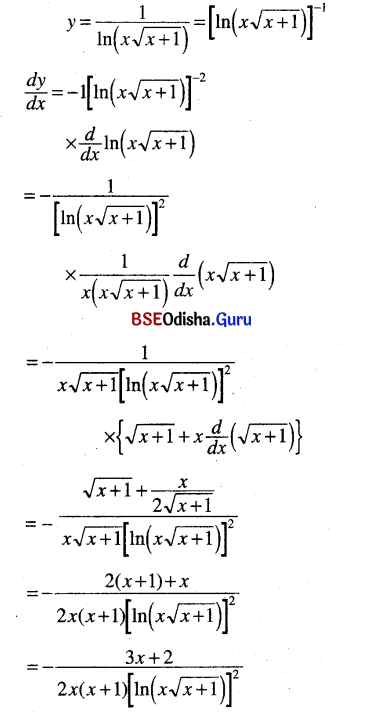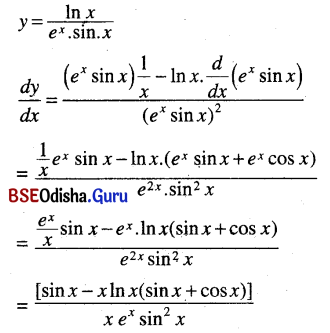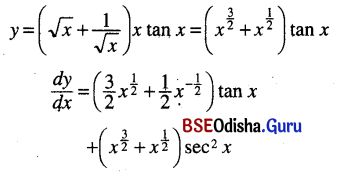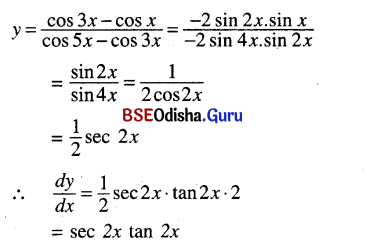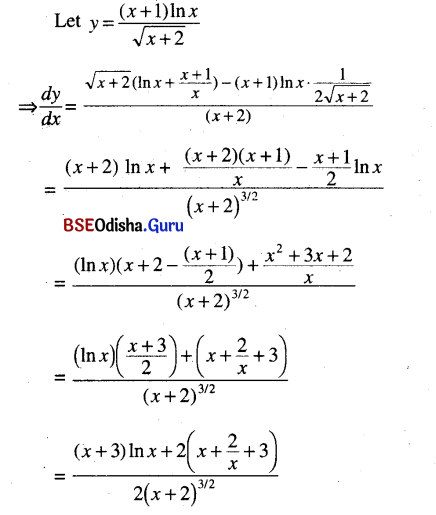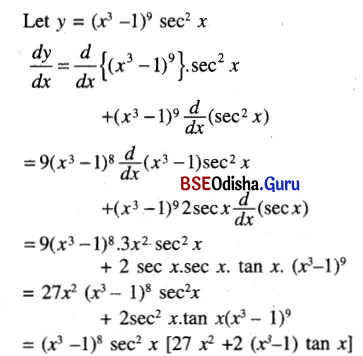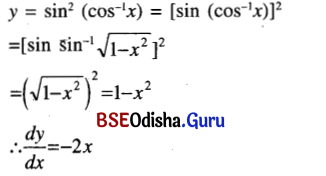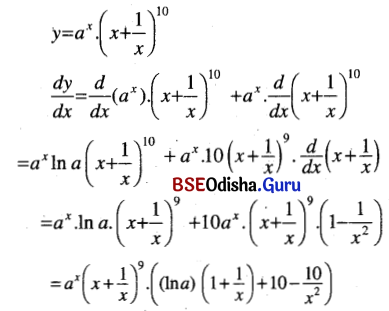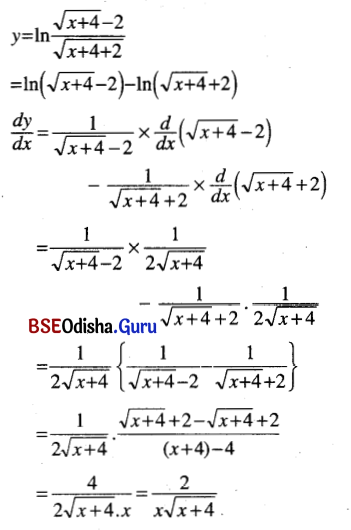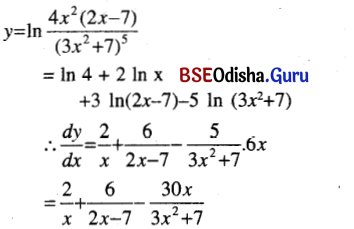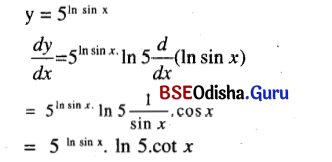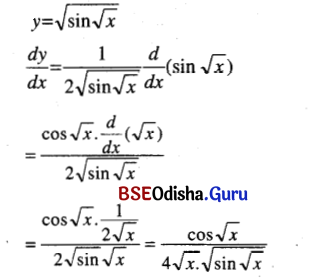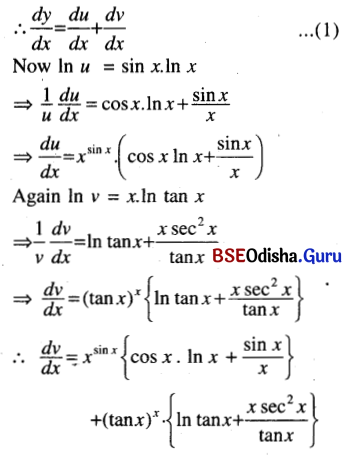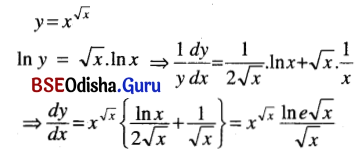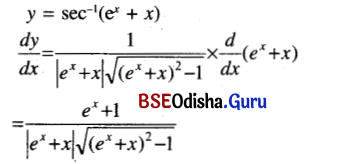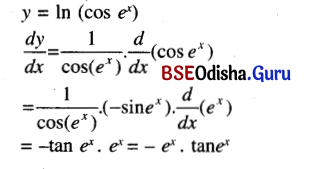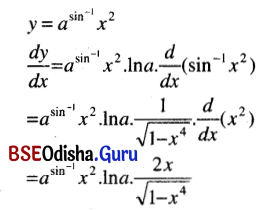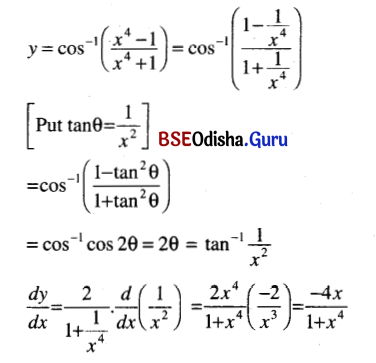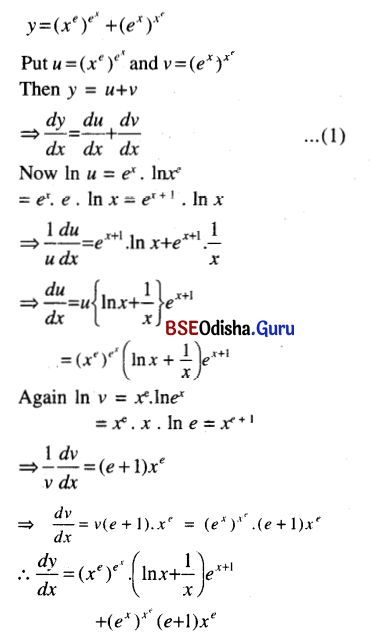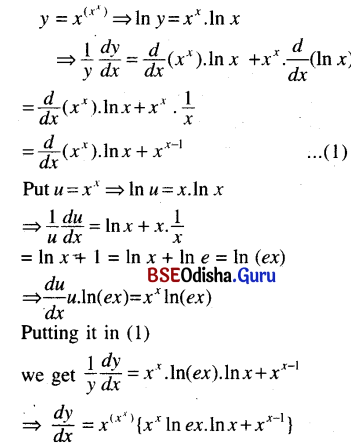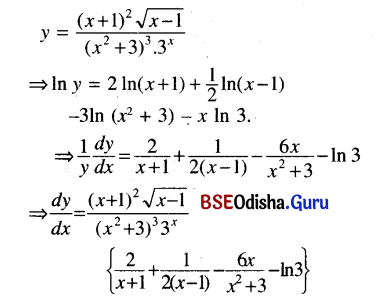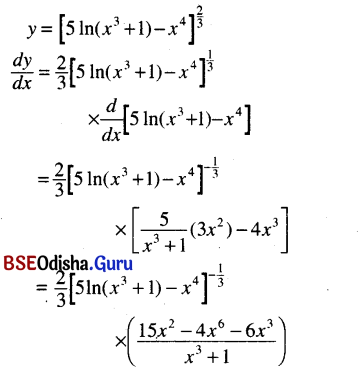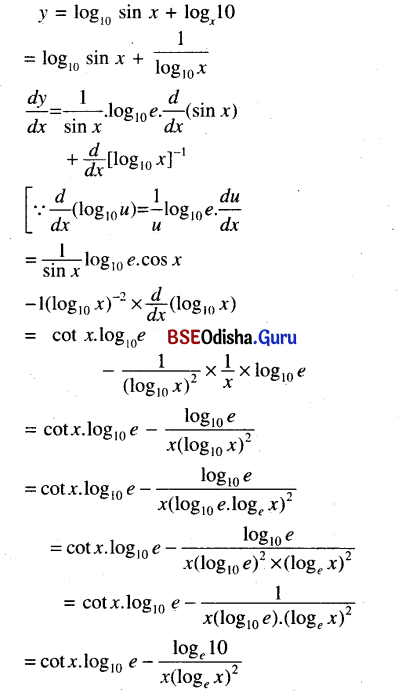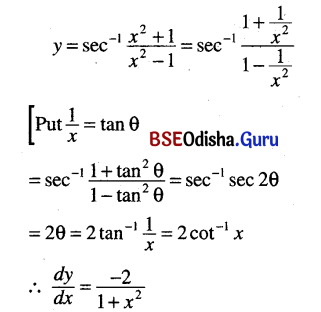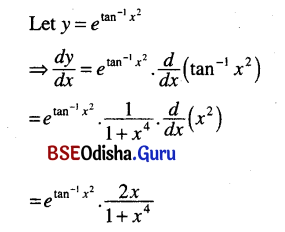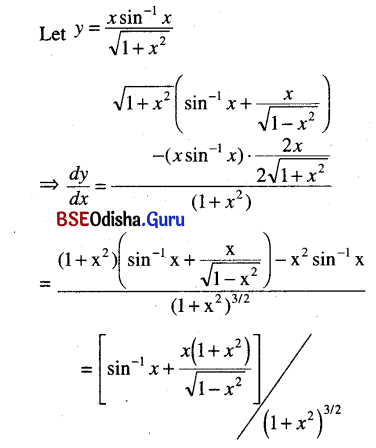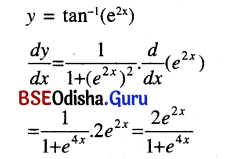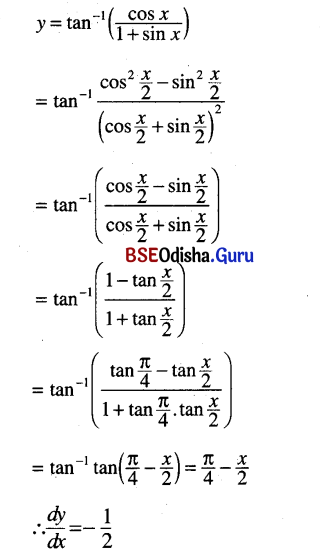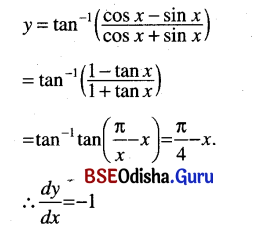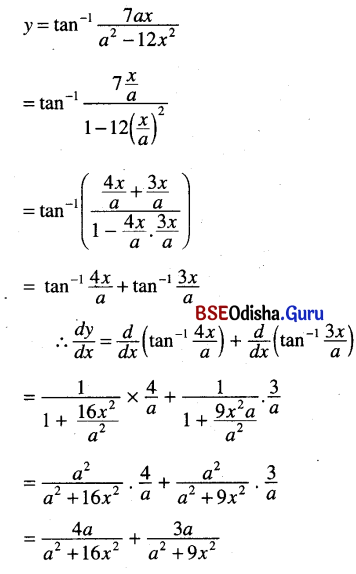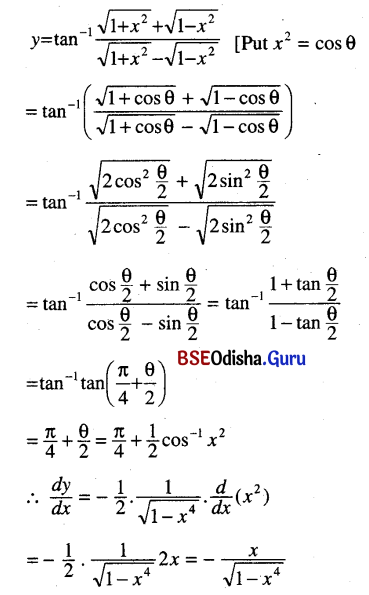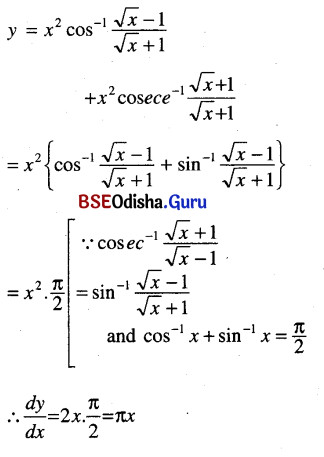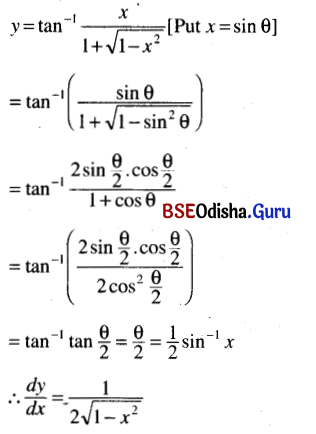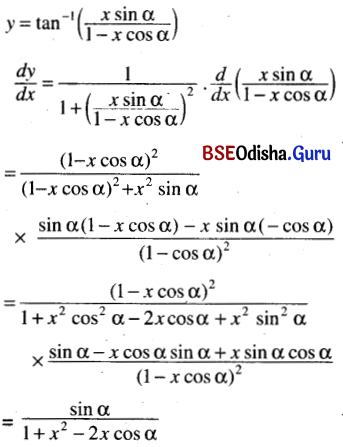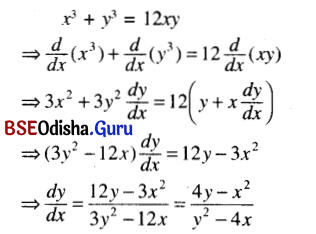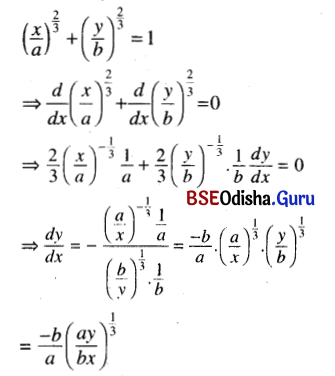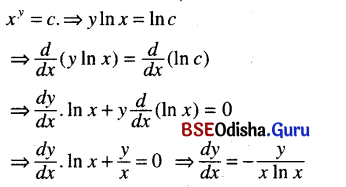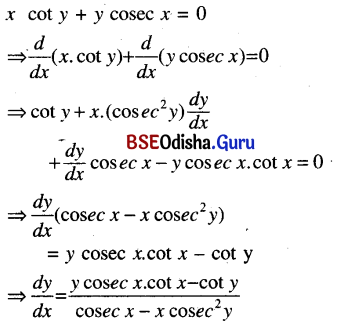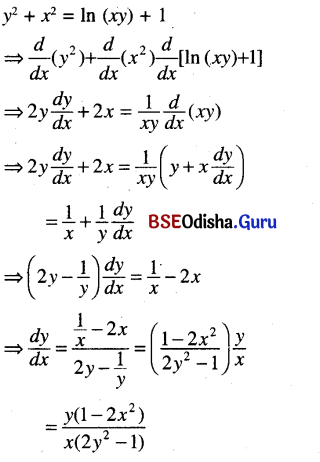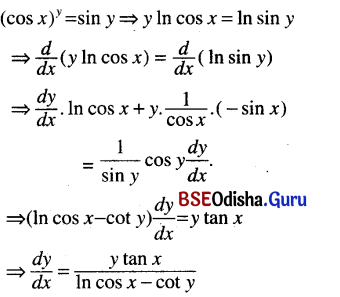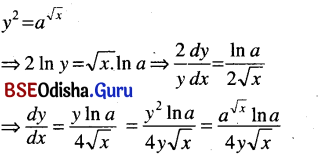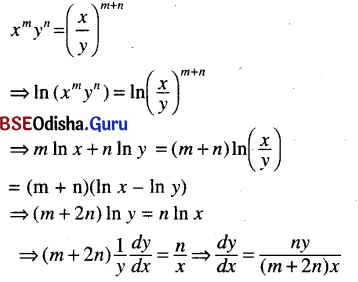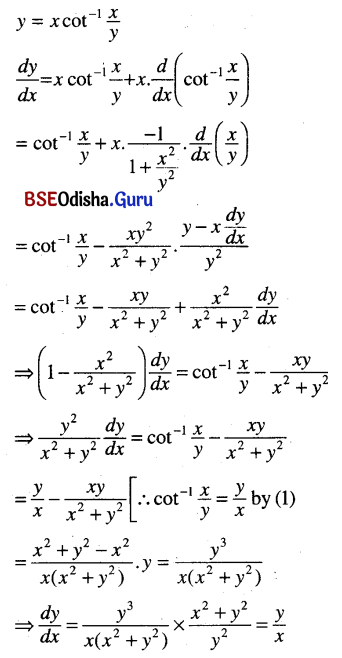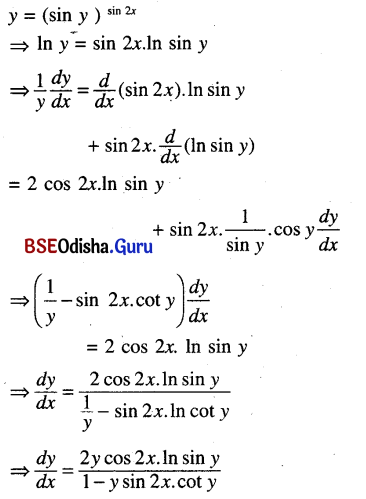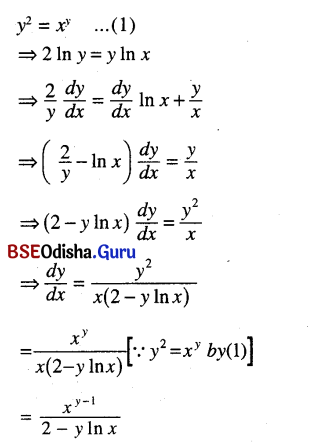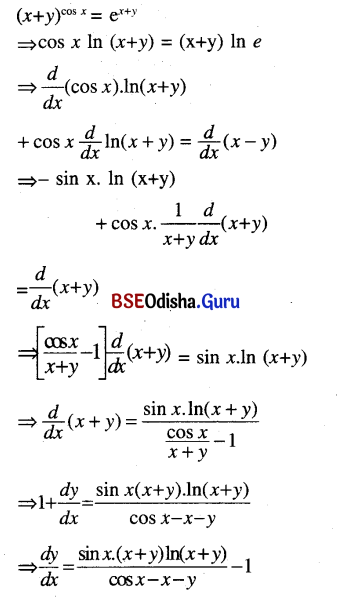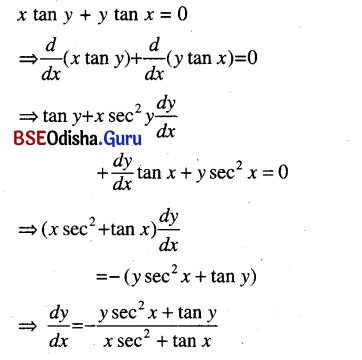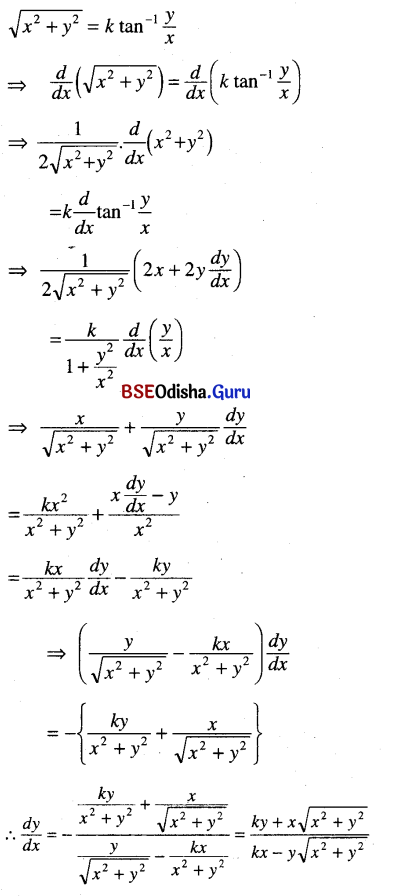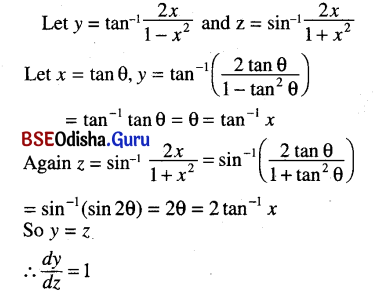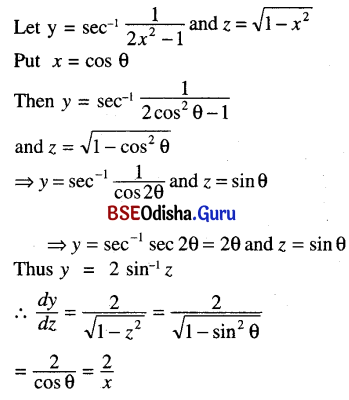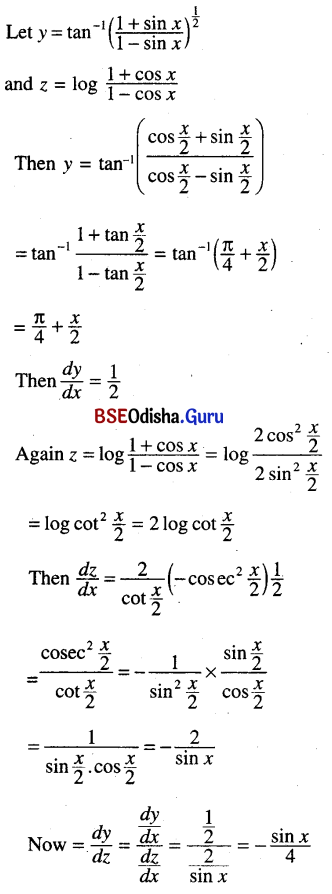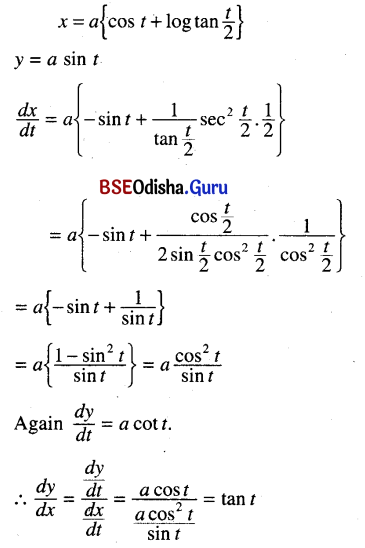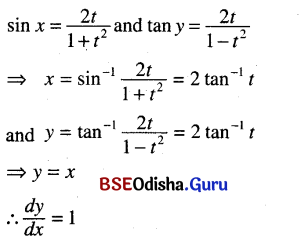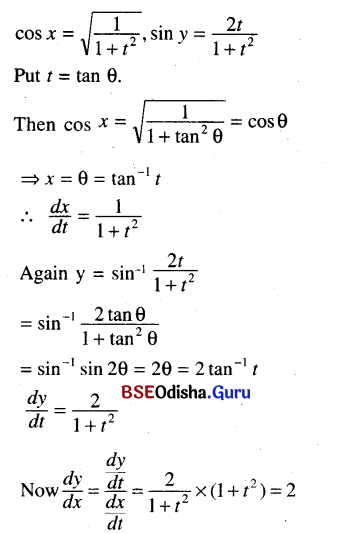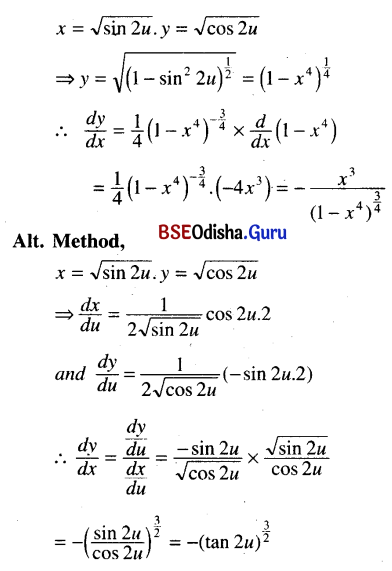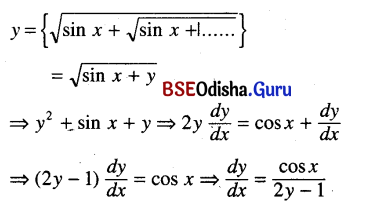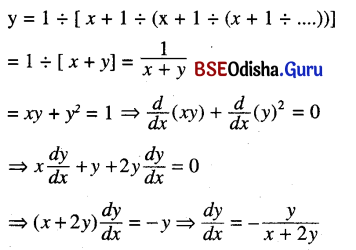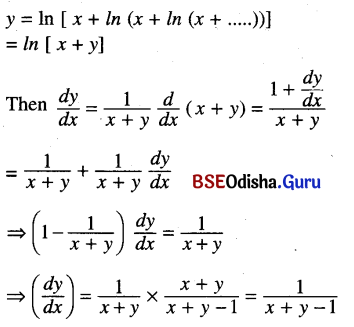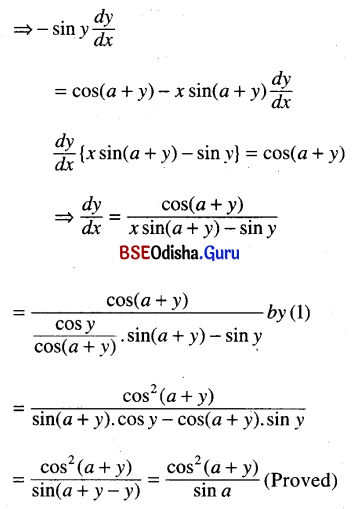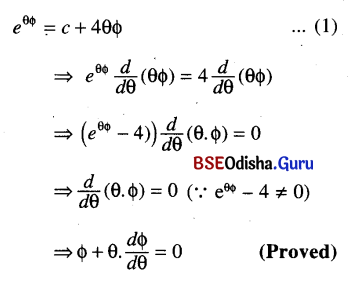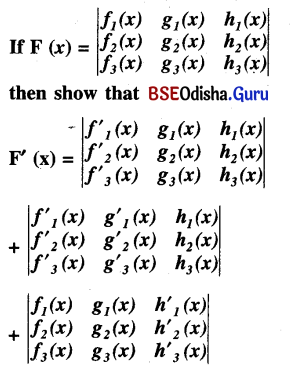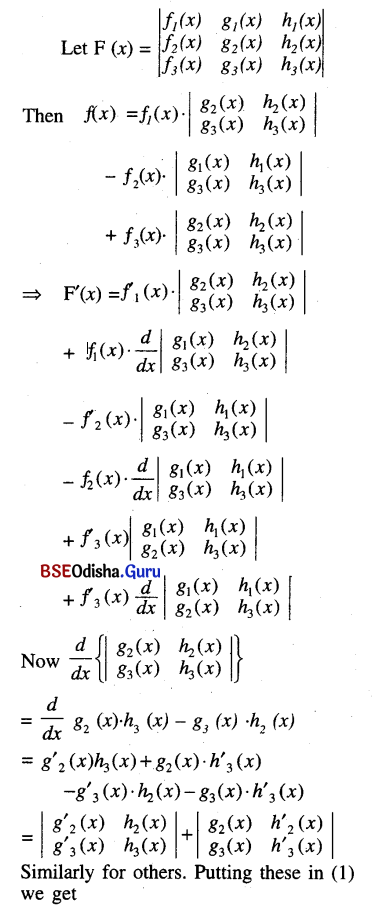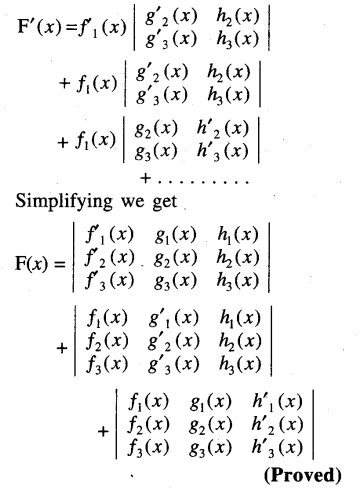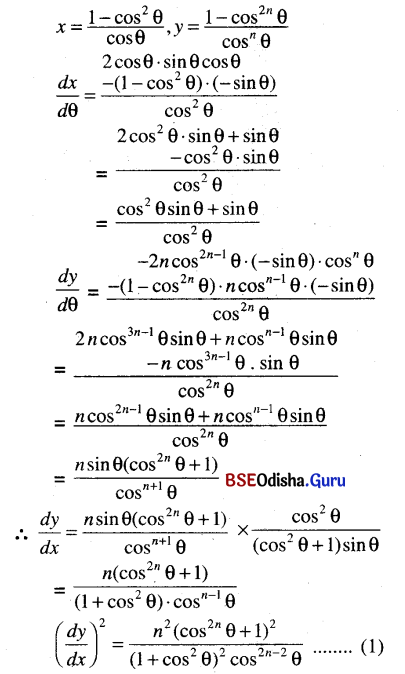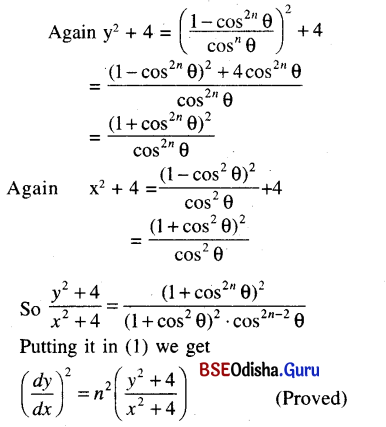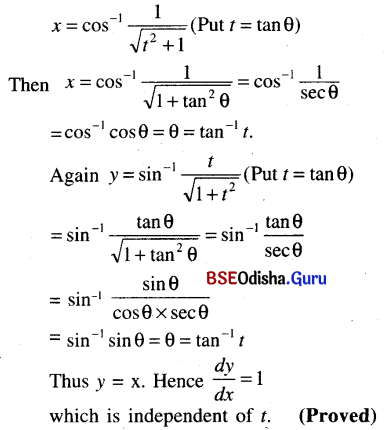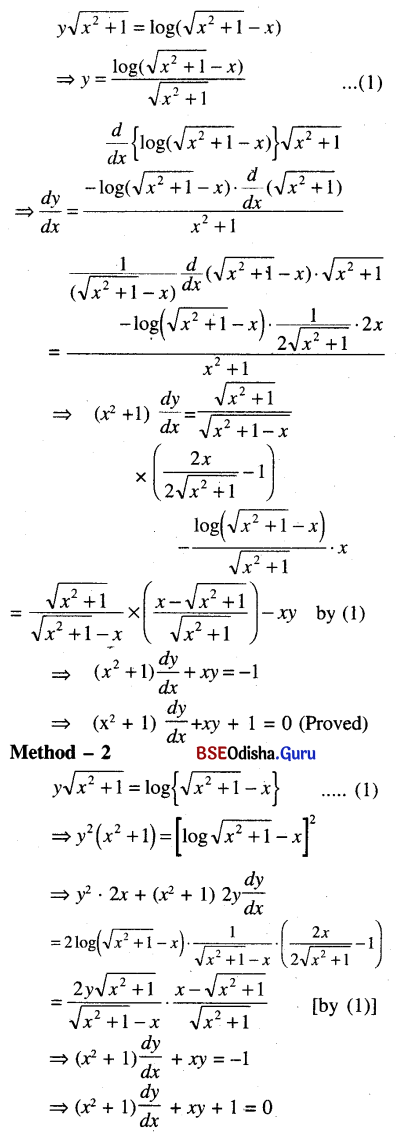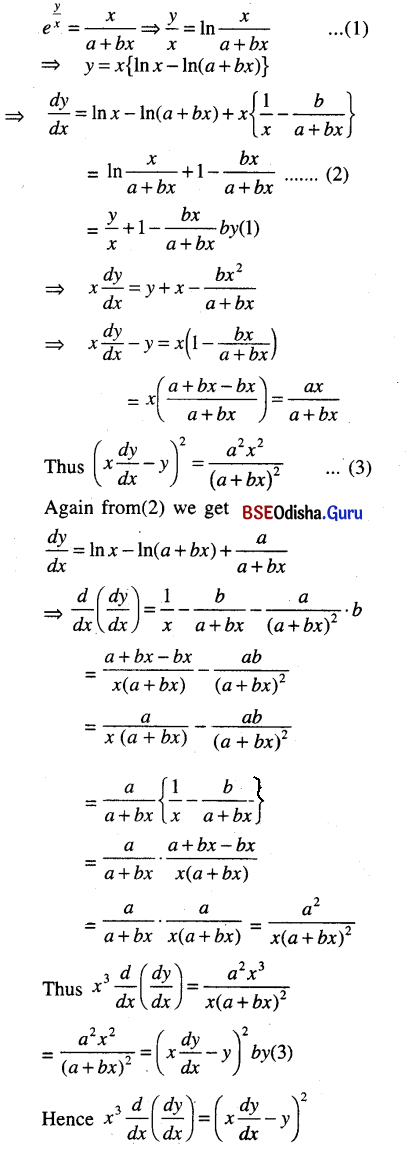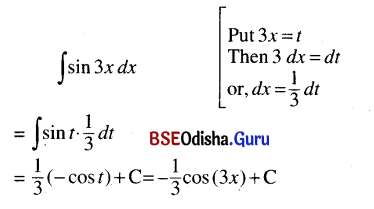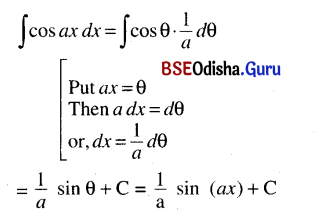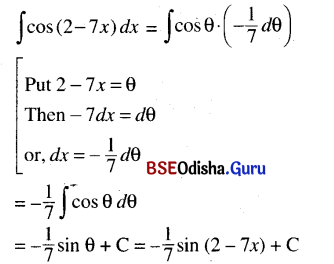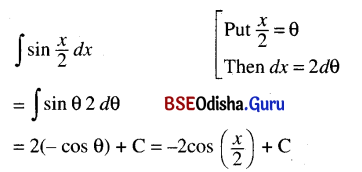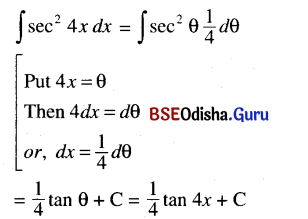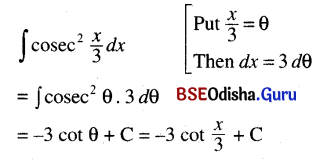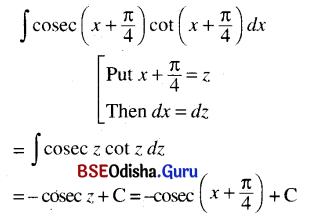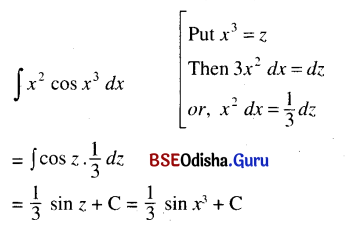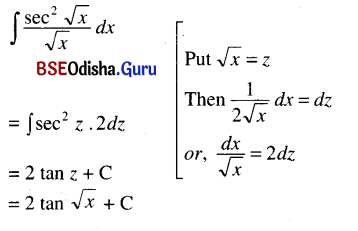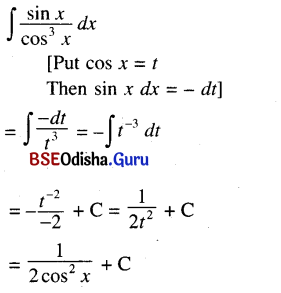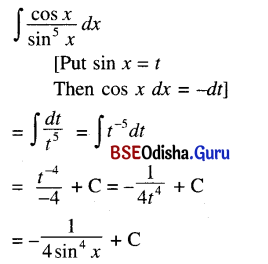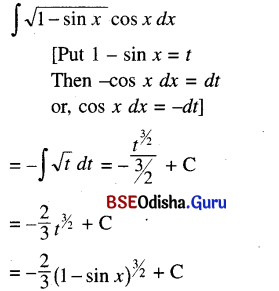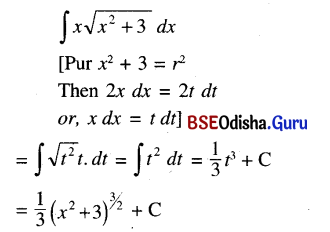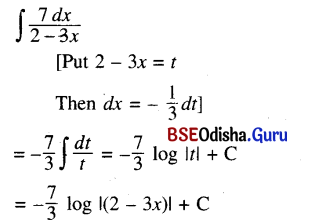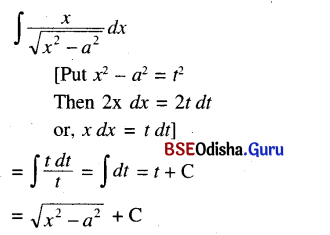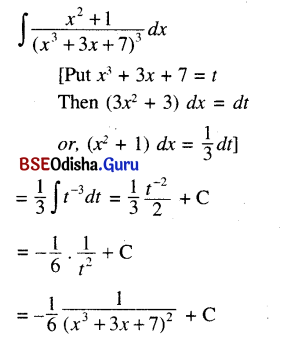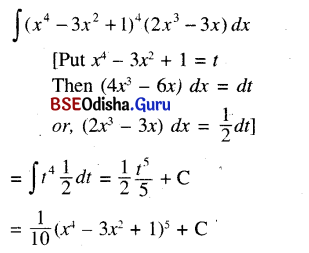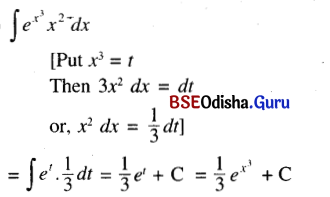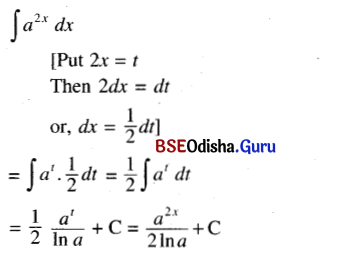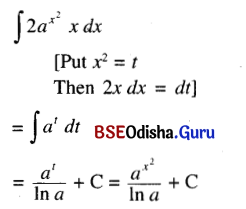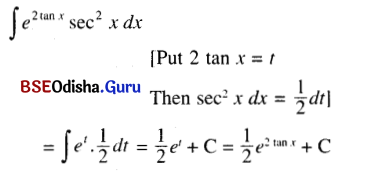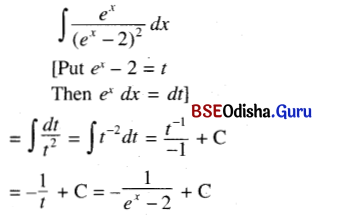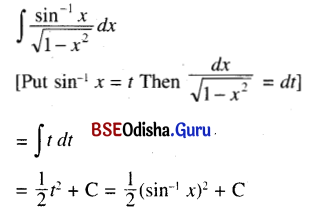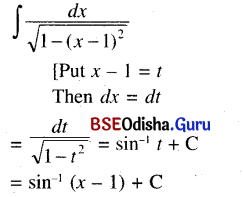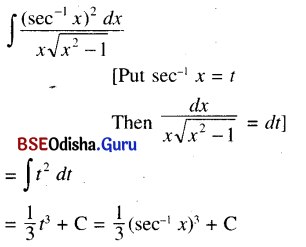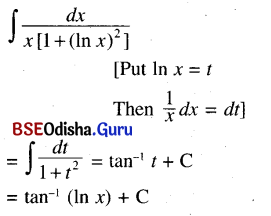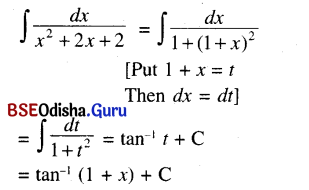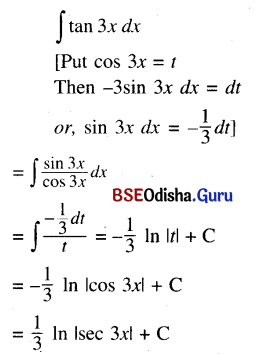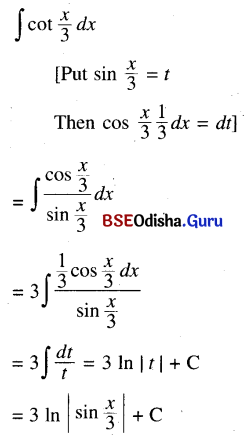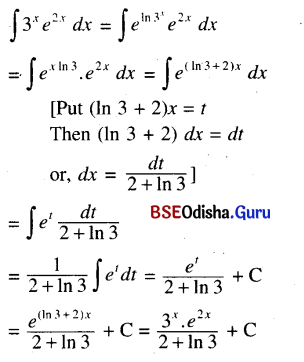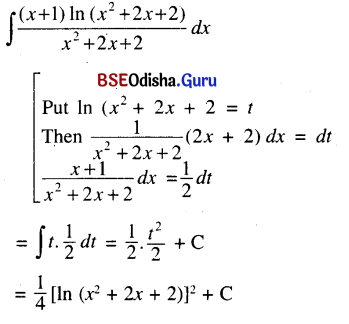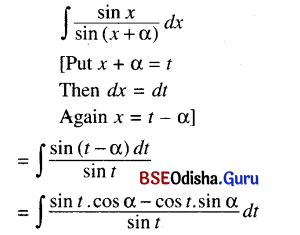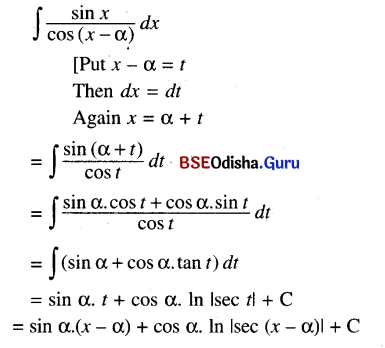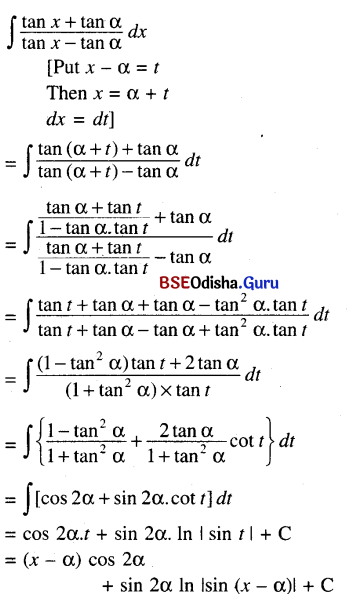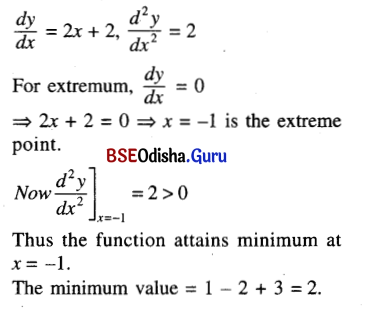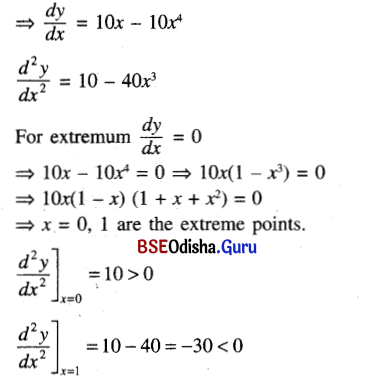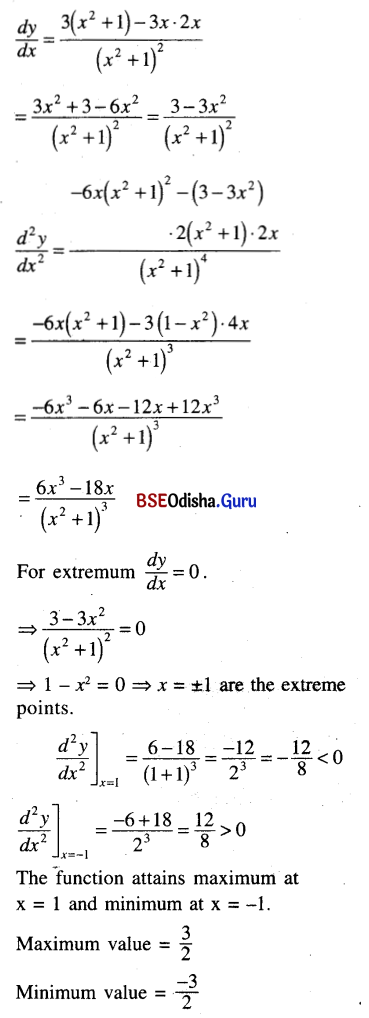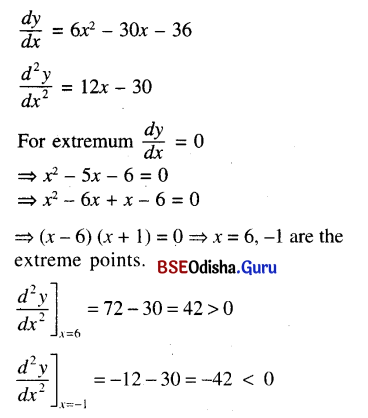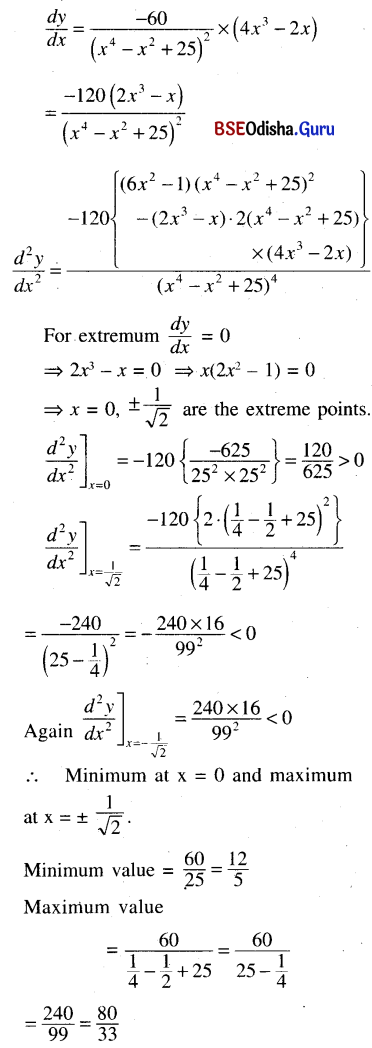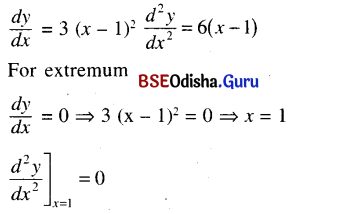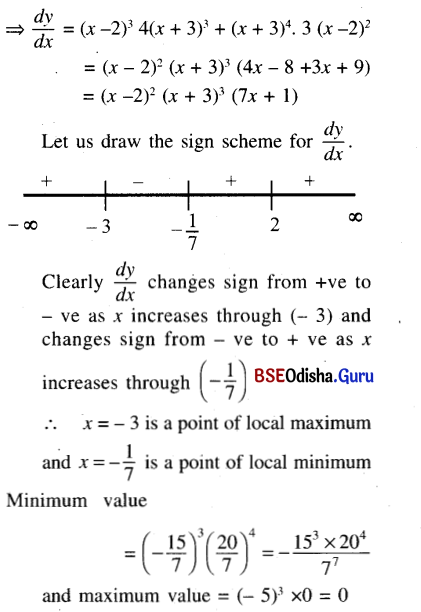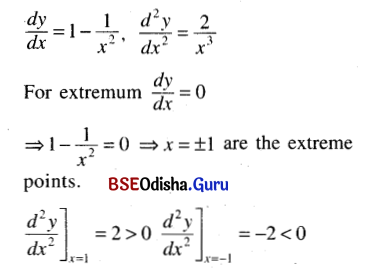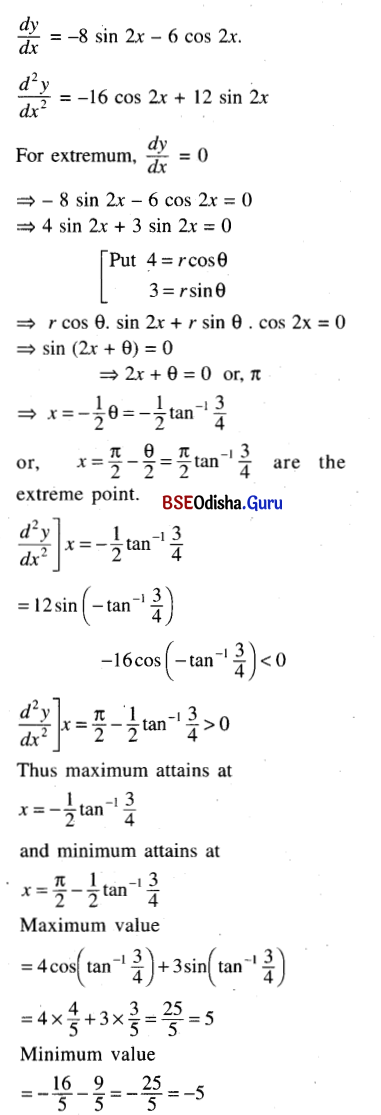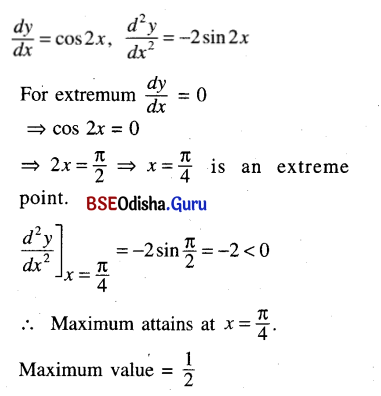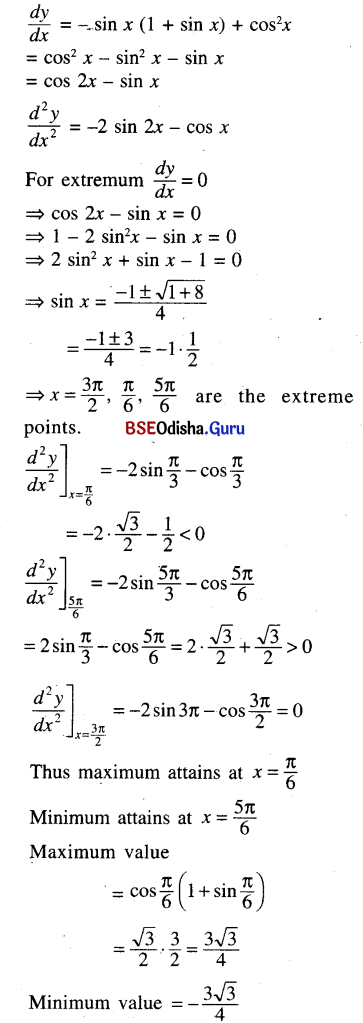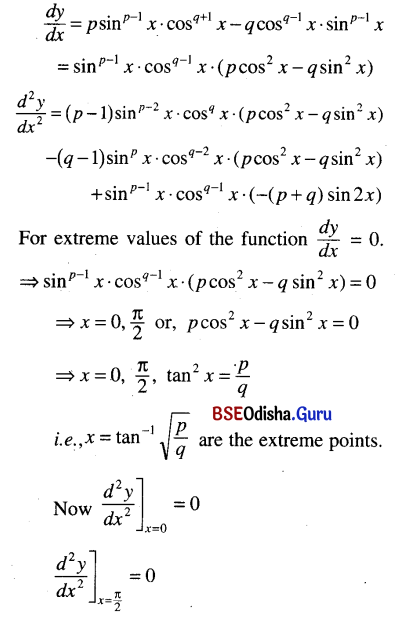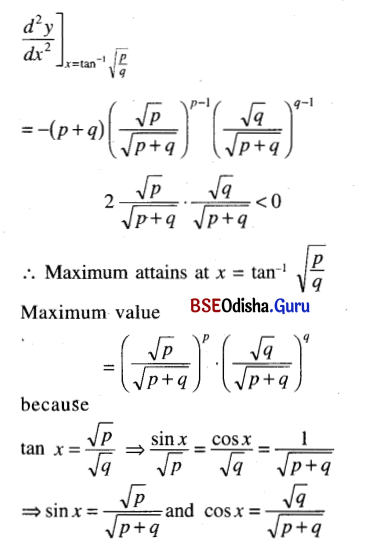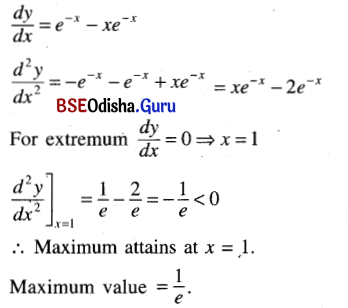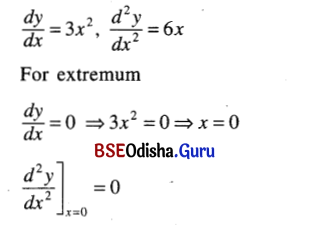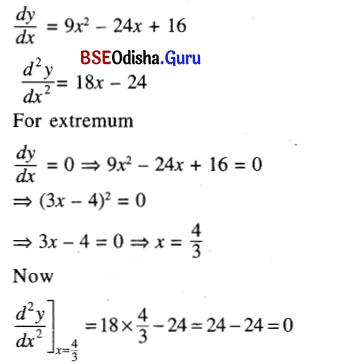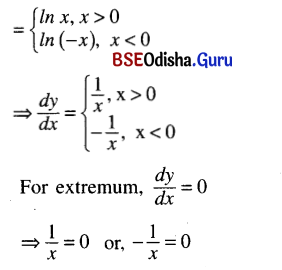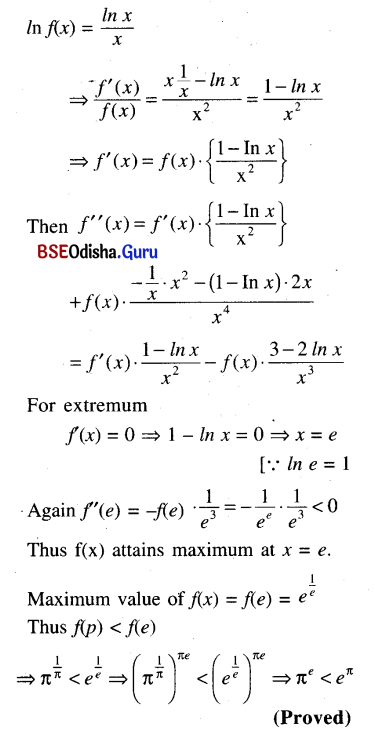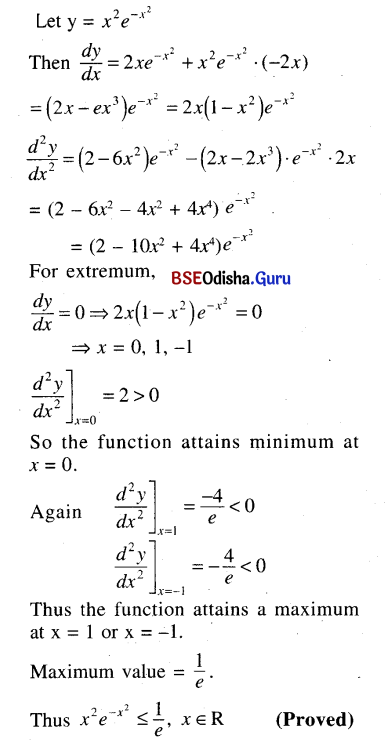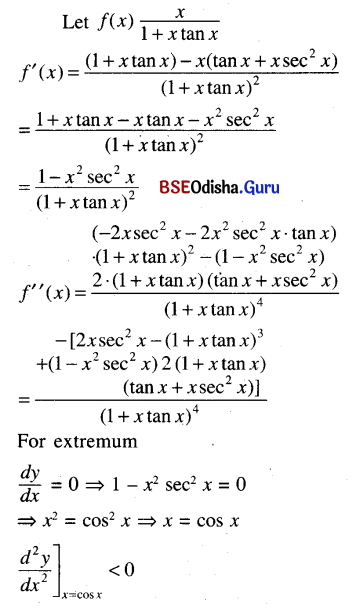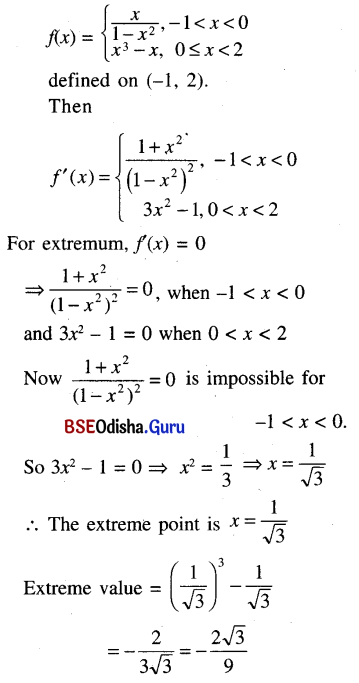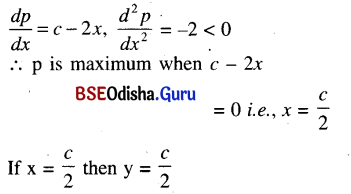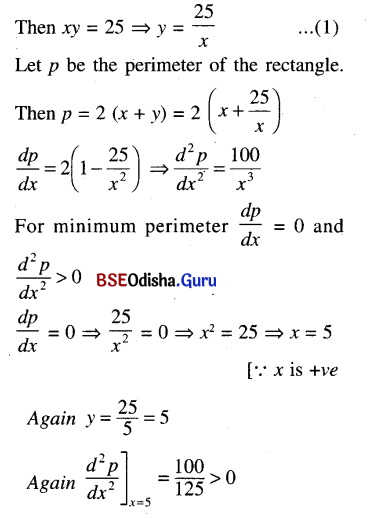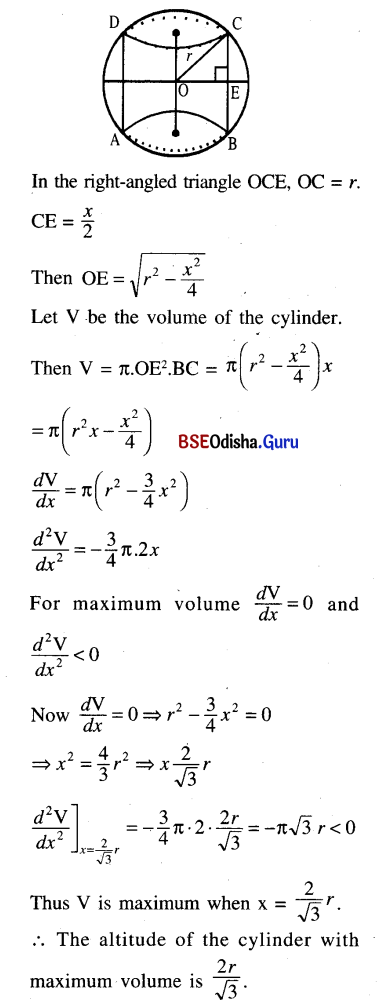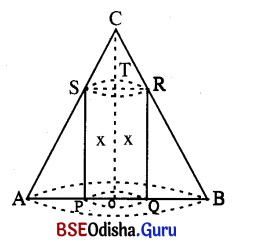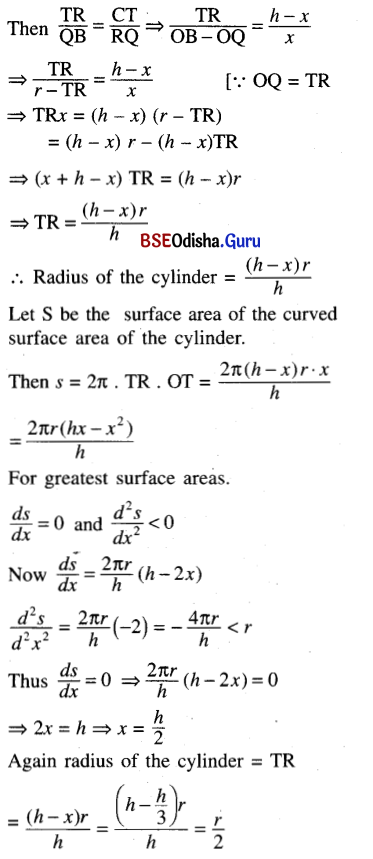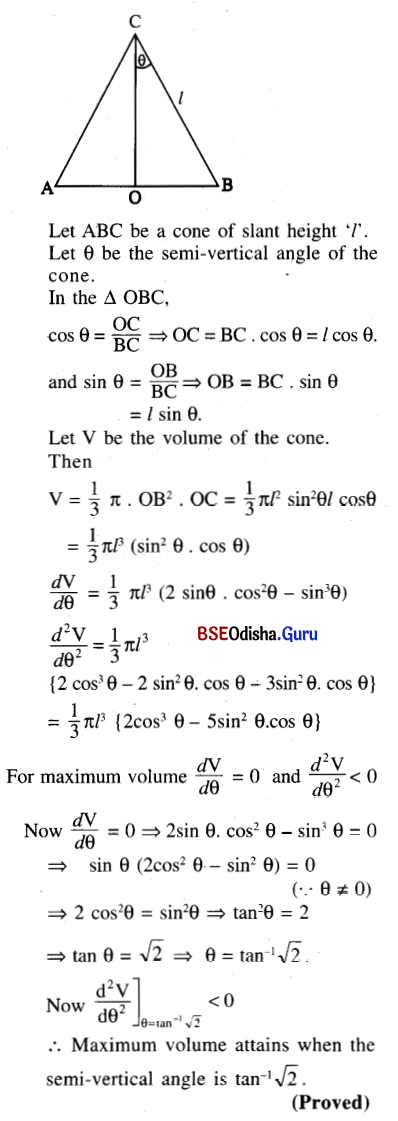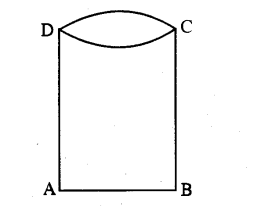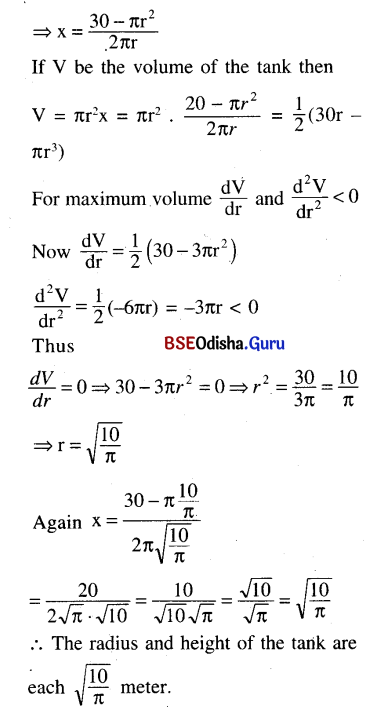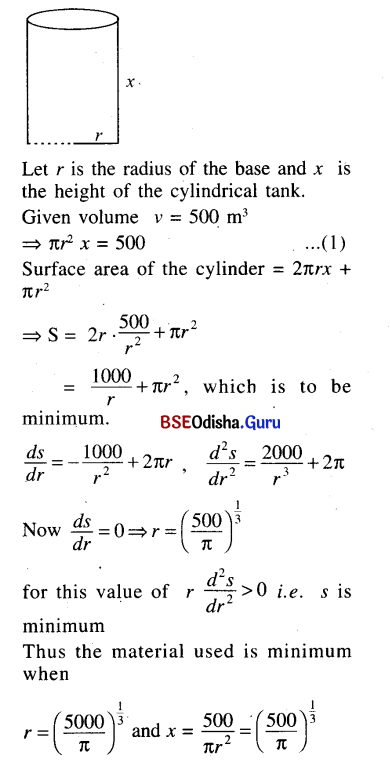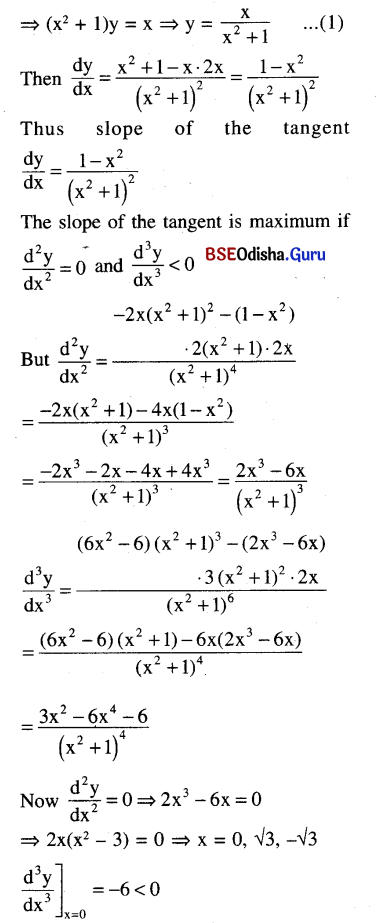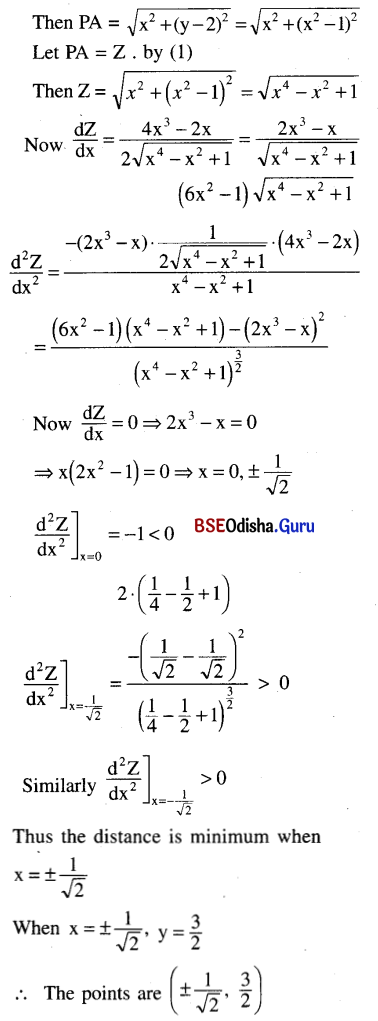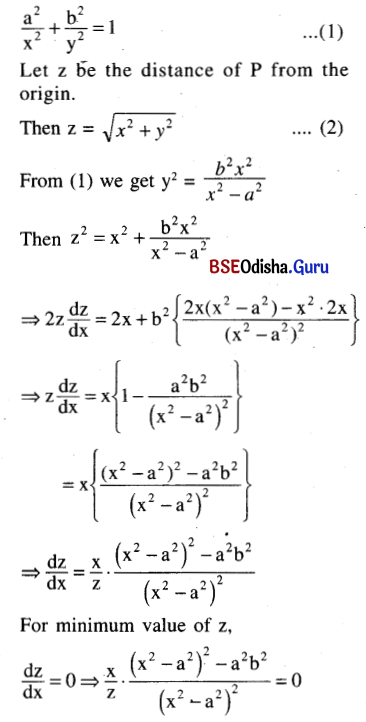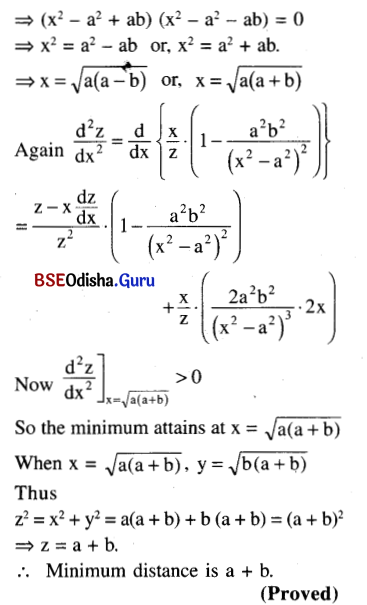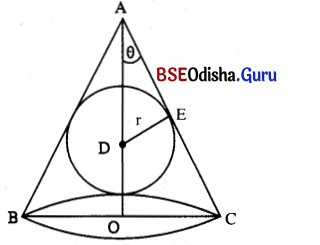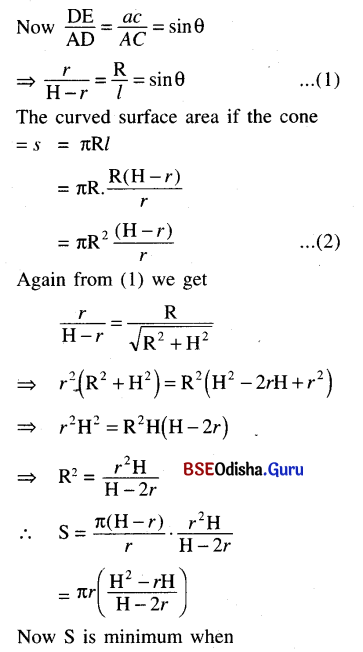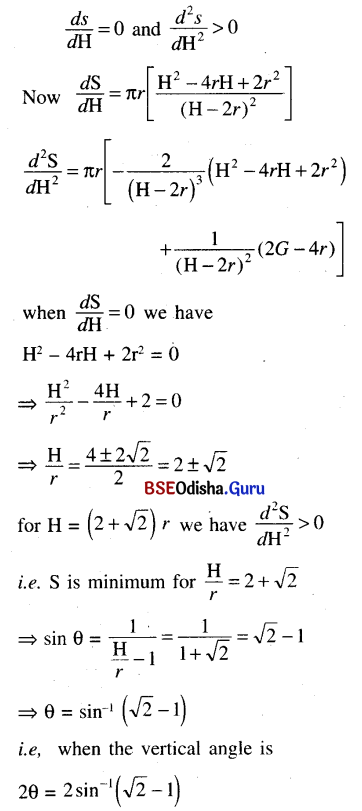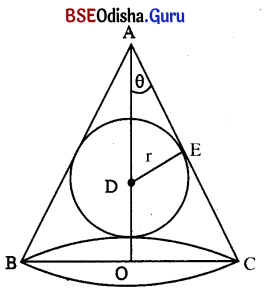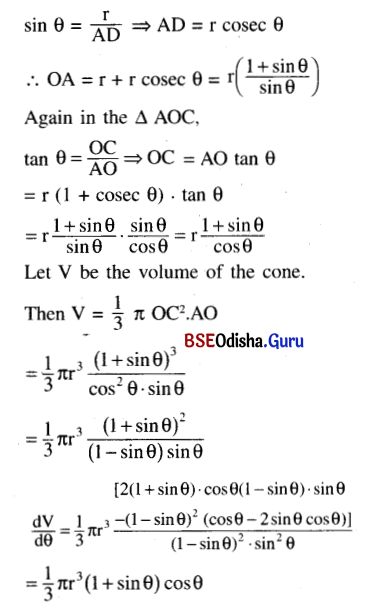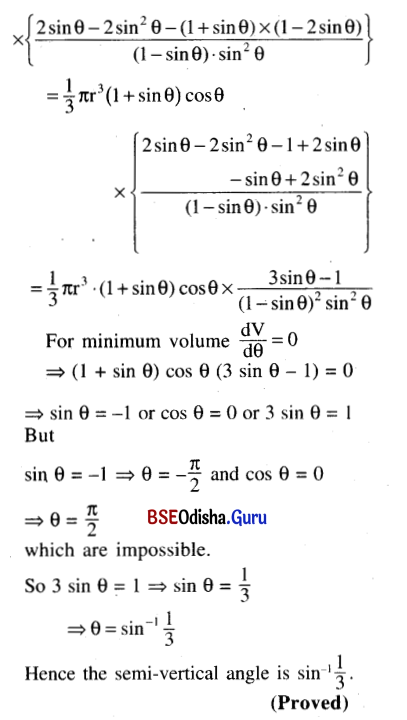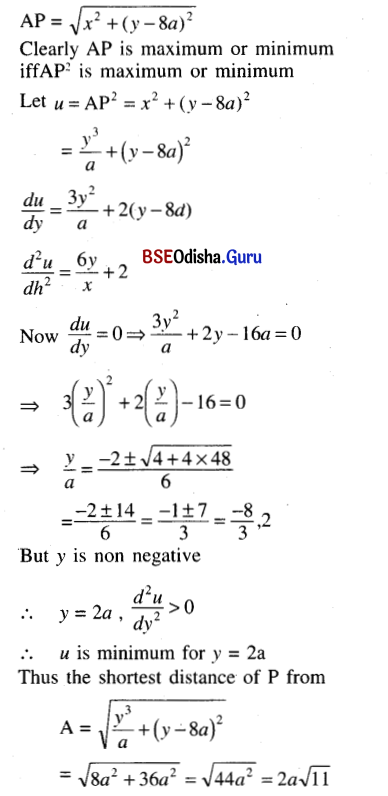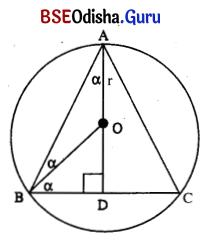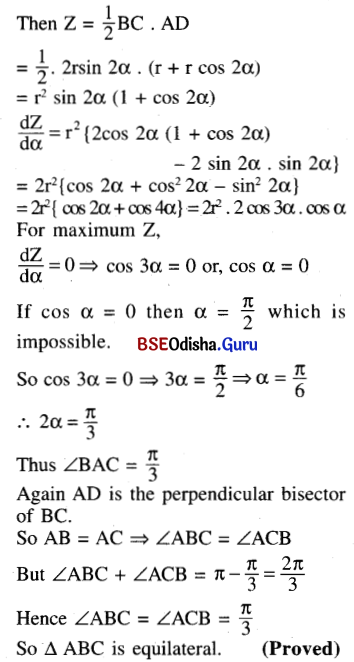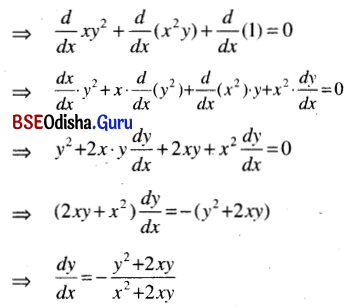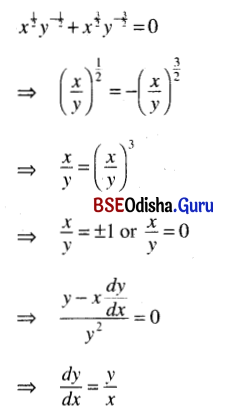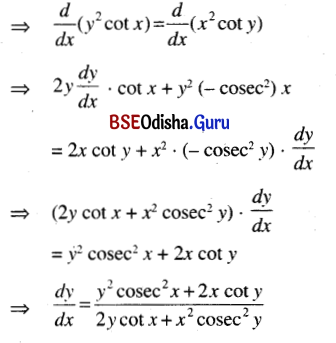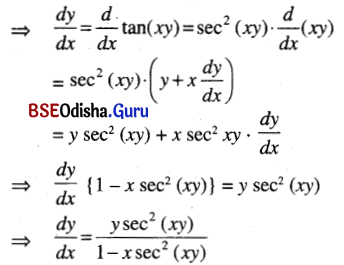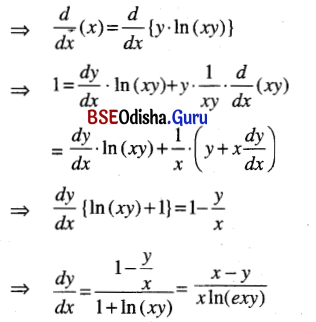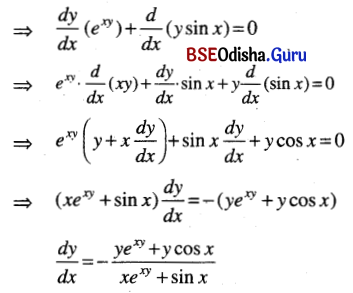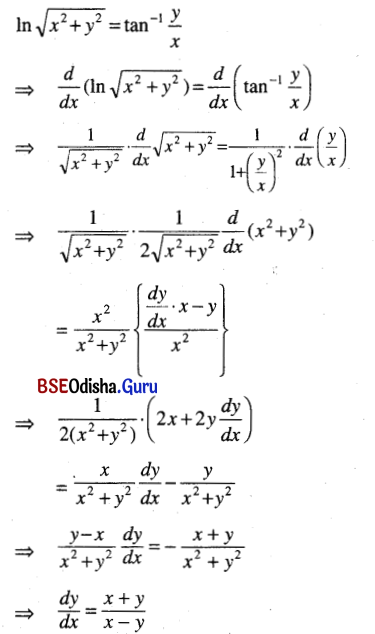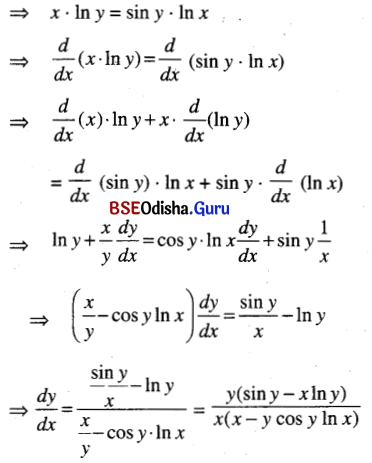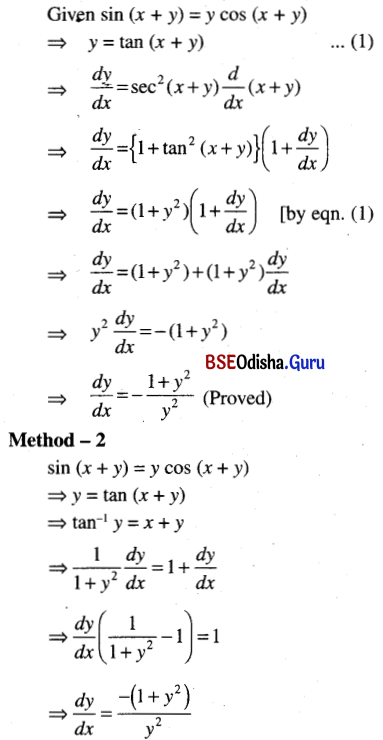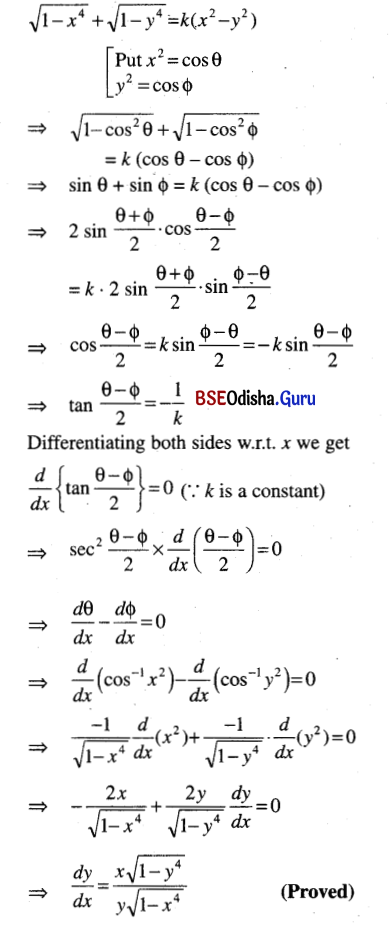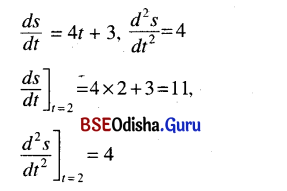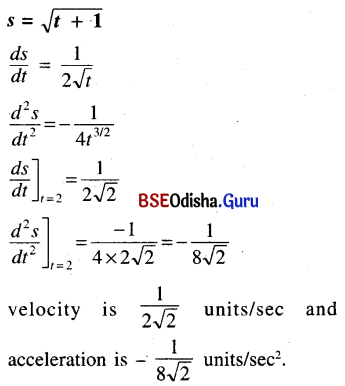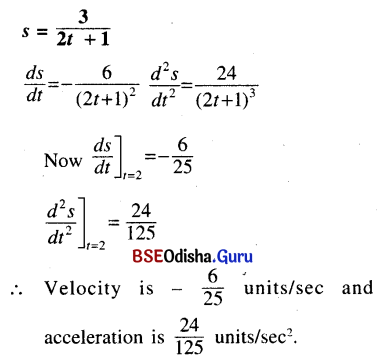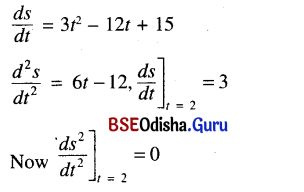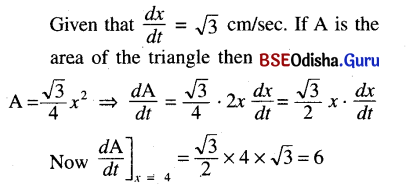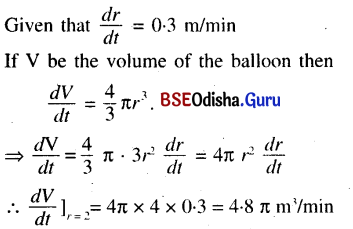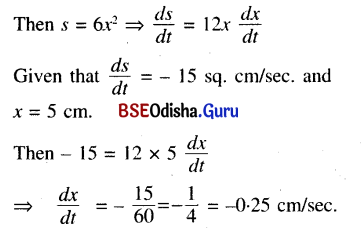Odisha State Board CHSE Odisha Class 12 Invitation to English 4 Solutions Grammar Conditionals Textbook Activity Questions and Answers.
CHSE Odisha 12th Class English Grammar Conditionals
Section – 1
The ‘if-sentences’ are generally known as the ‘conditional’ sentences. In this ‘if- sentences’ one can well mark a condition along with a result/effect. A certain action will be fulfilled only if a certain/particular ‘condition’ is performed.
Example
1. I will pardon you if you admit your mistake.
2. If you touch that plate, you’ll bum your fingers.
In the above sentences, we can well see two parts in each sentence, i.e. (i) if-part and (ii) the main part.
The ‘if-part’ is known as the if-clause or conditional clause or the subordinate clause. But the ‘main part’ is usually known as the stem of the long sentence i.e. the principal/main clause, the word ‘if’ is the ‘conjunction’ that joins both the parts of the long sentence. This if part/clause states the condition that must be satisfied before the main part/clause may be true.
In the example in Sentence 1 above, ‘admit’ is the condition and ‘pardon’ is the result. Likewise in Sentence 2, the clause/condition is the ‘touching action ’ and result is the ‘burning action’.
A question comes to mind: “Which action happens first?”
The answer is very simple that the action in if-clause/conditional clause happens first and the action of the main clause happens next/second/later.
In Sentence 1 the main clause is written first and then the if- clause. Sentence 2 is written in reverse order i.e. the if-clause first and the main clause next.
Both the sentences in the examples are grammatical and acceptable. The conditional/if-clause is written/spoken first only when the condition tends to become more emphatic.
Do mark that when the conditional clause is written first, there should be a ‘comma ’ just after the conditional clause. No ‘comma’ is used if the conditional clause is written later or the main clause is written first. A condition can also be signaled without the use of ‘if’.

Example
3. Admit your mistake and I will pardon you.
Types of conditionals
O-Type Conditionals
1. If you heat ice, it melts.
2. If you drop a glass, it breaks.
3. If I make a promise, I keep it.
Let us divide the above sentences into two parts. Look at Sentence 1.
If you heat ice, = X (If-clause)
it melts = Y (Main clause)
X = (Simple present)- heat, heating action- the cause/condition- happens first.
Y = (Simple present)- melts, melting action- the result/- happens later.
The condition as well as the effect (result) remains in a O(zero) state. They are in a balancing state. So the grammarians have rightly named it ‘0- conditionals’.
We may say it a scientific truth/ universal truth. But Sentence 3 above tends the meaning of general happenings or what usually happens. In such cases, ‘Simple Present’ verb is used in both the parts. Here ‘if’ can be substituted by ‘when (ever)’.
(A) Open Condition
If you send the money today, he will get it tomorrow.
In If-part ‘sendign money is the condition and ‘getting it’ is the result in ‘main part’. ‘Your sending money’ is more possible i.e. the condition is open to the speaker and ‘his getting money’ is also more possible in the future. The time reference is futurity.
Notice both the parts of the sentence.
In ‘if-part’ a simple present verb ‘send’ is used and in ‘main part’ ‘will + get’ is used. Will/shall modals are not used in the ‘if-part’ in such conditions. We use this type of conditionals (real condition) sentences to talk about what is probable or possible or more like to happen in the future. This condition is, therefore, called the real condition.
Look at the following sentence.
If you wake up before me, give me a call.
Here ‘if-part, takes a simple present verb and the ‘main part’ is an imperative sentence. This condition is also an open or a real condition for future possibility/probability. Some variations/deviations
Study the following sentences, which are also examples of ‘open’ conditionals, but with a difference.
1. If it’s a holiday tomorrow, we may go for a swim.
2. If I should see him, I will ask him to write.
3. Stop borrowing money or you will be in trouble.
When the imperative is used in place of an ‘if- clause’ the condition changes into a threat, request etc.

Example
If we should miss the 9 o’ clock train, we shouldn’t get there till after lunch. The introduction of ‘should’ (sometimes stressed) in the conditional clause has the effect of making it less likely that the condition will be fulfilled. Here ‘should’ means ‘by any chance’. We may call this a condition of ‘remote possibility’. Note that only ‘should’ (never would) is used in this way.
Now look at the following.
If you will reserve seats, we shall be sure of a comfortable journey. We saw earlier that ‘will’ is not used in a predictive sense in the conditional clause, though the sentence has a future time reference. Here the verb ‘will’ is not an auxiliary indicating future; it is a modal verb which means agreement/cooperation/willingness.
“If you will reserve” = if you are willing/agreeing. The verb ‘will’ when means ‘insistence’, it is used in a conditional clause of this type.
Example
If my brother will mix with the bad boys, what shall I do?
“If my brother will mix” = If my brother is insisting on mixing (not in a predictive sense)
(B) ‘Hypothetical’ or ‘Unreal’ Condition
Example
If I became the Chief Minister, I would put things right at once. Notice that both the parts i.e. the ‘if-part’ as well as ‘the main-part’ contain verbs in the past tense form i.e. became and would. We use this conditional when we talk about unreal or imaginary events/actions.
The use of the past tense has the effect of making the condition seem ‘remote’ or unlikely/distant. That is why the condition is said to be ‘hypothetical’ or unreal. The time reference is futurity.
If I knew his address. I could tell you.
The above sentence represents us with a totally imaginary (or unreal) situation with reference to the time of speaking. It implies that I really don’t know his address and I can’t tell you now. Note that the past tense is used here to indicate present unreality.
The Subjunctive
Compare the two sentences below.
1. If I were you, I would take my work more seriously.
2. If I was you. I would take my work more seriously.
One might think that the first sentence is wrong sicne the verb were being in the plural form does not agree with the singular subject I. This plural verb is called ‘the subjunctive’. It is used to express the unreal or hypothetical condition. In modem English the subjunctive is not used
commonly. Most educated native speakers would prefer now to use “IfI was you” (instead of If I were you …)
Variations
If we were to miss the 9 o’ clock train, we would not get there till after lunch. The use of ‘were to’ in the conditional clause sometimes has the effect of emphasizing the suppositional nature of the condition and some ways analogous to the use of ‘should’ in conditional clause A. ‘were to’ can be substituted ‘by any chance’ without changing the meaning.
(C) Unfulfilled Condition.
Example
If you had asked me for the money, I would have given it to you. Notice that ‘if-part’ contains ‘past perfect form ’ and the main clause ‘would + have with past participle form.
The use of these past- verbs in both the parts tells us that the action (giving of money) was not performed because the condition was not fulfilled. The sentence actually means ‘you really did not ask me for the money and I didn’t give it to you.’ This conditional sentence represents what is contrary to the fact. The past perfect tense is ued to indicate past unreality.
The same meaning is expressed by
Had you asked me for the money, I would have given it to you. (without the use of if) The unfulfilled condition is often used to comment on, or to express regret for, something that did not happen.

Activity – 1
Complete the sentences below, using appropriate words of your own.
1. If we finish early today,________________________.
2. If I lose all my money,___________________.
3. If you go away on a holiday this summer. ________________________.
4. If our friend gets into trouble. _________________________.
5. Will you help me if _____________________________
6. I would be rather disappointed if ________________________.
7. This school will have to be closed if ___________________________
8. We will all be very happy if _____________________________.
9. They will not listen to anybody if _________________________.
Answers
1. If we finish early today, we’ll put some free time to see the match on T. V.
2. If I lose all my money, I’ll be in trouble.
3. If you go away on a holiday this summer. I’ll be very happy.
4. If our friend gets into trouble, we’ll help him.
5. Will you help me if I am in trouble? ‘
6. I would be rather disappointed if von didn’t help me.
7. This school will have to be closed if the lunar eclipse falls on tomorrow.
8. We will all be happy if our team wins the trophy.
9. They will not listen to anybody if von don’t behave them properly
Activity -2
The following are examples of some common superstitions.
1. If you hear an owl hooting at night, a friend will die.
2. If your left hand begins to itch, you will give money away.
Can you think of five other common superstitions? (Use the word if, as shown above.)
Answers
1 . If a cat passes in front of somebody, she/he will face some danger.
2. If three persons start a journey together, they will reap a negative result.
3. If an owl sits on the roof of a person’s house, one of the members of the family will die soon.
4. The man will die if a lizard falls on his shoulders.
5. Man will be crowned if a lizard falls on his forehead.
Activity – 3
Fill in the blank spaces to make meaningful conditions.
If I work hard, I’ll get good marks, If I ____________good marks, I ____________go to a good college and __________a degree. If I _____________ go abroad, I ___________ a highly-paid job. If __________name, fame and money, I _____________ marry a pretty girl. If ______________ only one or two children, I ____________ educate them properly. If _____________ come back to my country, I ______________ some useful work.
Answers
If I work hard, I’ll get good marks, If I get good marks, I will go to a good college and do a degree. If I get go abroad, I will set a highly-paid job. If gel name, fame and money, I will marry a pretty girl. If I only one or two children, I can educate them properly. If1 come back to my country, I will do some useful work.

Activity- 4
How imaginative are you? Complete the following sentences.
(a) If Ibecame a cloud, I would ………………………….
(b) If I could go back to the past,………………………..
(c) If I were a rat,………………………
(d) If I were a tiger, ……………………….
(e) If I ……………………………. I’d write a great novel.
(f) If people ……………………………they would die of boredom.
(g) If the earth …………………… ……, no living creature would survive.
(h) I would stand on my head if …………………………
(i) Would you be well prepared if ……………………..?
Answers
(a) If I became a cloud, I would sail in the sky.
(b) If I could go back to the past, I would not make my hair-dye.
(c) If I were a rat, I would make holes.
(d) If I were a tiger, / would live in the jungle.
(e) If I were a Jane Austin. I’d write a great novel.
(f) If people were dumb and deaf, they would die of boredom.
(g) If the earth was/were a sun, no living creature would survive.
(h) I would stand on my head if I were not a man.
(i) Would you be well prepared if you were a literate?
Activity- 5
How would your life be different if you were :
older more intelligent stronger
taller less intelligent richer
shorter more patient poorer
Answers
1. If I were older, I could beg you for some help.
2. If I were taller, I would join the military service.
3. If I were shorter, I could play the role of a joker.
4. If I were more intelligent, I could/would tackle the world problem.
5. If I were less intelligent, I could/would be in difficulty.
6. If I were more patient, I would tolerate your insulting words.
7. If I were stronger, I could/would fight with a tiger.
8. If I were richer, I would make you my accountant.
9. If I were poorer, I would beg for food.
Activity- 6
Write 5 sentences on the things you would do if you won a lottery. (Use if + past simple in the ‘if – clause” and would in the main clause) If I won a lottery, I would get a lot of money, If I got a lot of money …

Answers
If I won a lottery, I would get a lot of money.
(a) If I got a lot of money, I would buy a car.
(2) If I bought a car, I would take my parents for an outing.
(3) If I went on an outing, I would drive the car.
(4) If I drove the car, I would be very cautious.
(5) If my parents saw my driving, they would be very happy.
Activity – 7
Write a comment on each of the following situations, using the unfulfilled condition. (One example is given)
(a) I didn’t study, so I didn’t do very well in the examination.
Comment: If you had studied, you would have done better.
(b) I didn’t like the food because it was too hot.
Comment: If ______________________________________________________________
(c) They waited at the station for four hours because they did not know that the train was delayed.
Comment: If ______________________________________________________________
(d) The boy met with an accident because he was careless.
Comment: If _______________________________________________________________
(e) She heard the news because she turned on the radio this morning.
Comment: If ______________________________________________________________
(f) They didn’t see us, so they could not laugh at us.
Comment: If ______________________________________________________________
(g) My father earned a lot of money, so life was easy for us.
Comment: If ______________________________________________________________

Answers
(b) I didn’t like the food because it was too hot.
Comment: I would/could have liked the food if it had not been hot.
(c) They waited at the station for four hours because they did not know that the train was delayed.
Comment: If they had known that the train was delayed, they would not have waited at the station.
(d) The boy met with an accident because he was careless.
Comment: The boy could not have met with an accident if he had been careful/if he had not been careless.
(e) She heard the news because she turned on the radio this morning.
Comment: If she had not turned on the radio this morning, she could not have heard the news.
(f) They didn’t see us, so they could not laugh at us.
Comment: If they had seen us, they could have laughed at us.
(g) My father earned a lot of money, so life was easy for us.
Comment: If my father had not earned a lot of money, life would/could not have been easy for us.
Activity – 8
Read the text below and then complete the sentences that follow.
Namita went to Cuttack yesterday. The sun was shining brightly, so she never thought of taking her umbrella. But what a terrible day she had! Everything that could possibly go wrong went wrong. The weather changed, as the weather report had predicted, and Namita got soaked. She slipped on the stairs of a shop and had a bad fall. Someone stole her purse when she was talking to a friend and had her back turned. The bus broke down on the way back and was delayed. Namita’s mother was angry because she returned so late.
(a) If Namita had taken her umbrella, ………………………………
(b) If she had listened to the weather forecast, ………………………
(c) If she had taken the lift in the store ………………………..
(d) If she hadn’t turned her back, …………………….
(e) If the bus hadn’t broken down …………………….
(f) If she’d returned home on time, …………………………
Answers
(a) If Namita had taken her umbrella, she couldn’t have got soaked.
(b) If she had listened to the weather forecast, she could not have drenched.
(c) If she had taken the lift in the store, she could not have fallen.
(d) If she hadn’t turned her back, someone couldn’t have stolen her purse.
(e) If the bus hadn’t broken down, Namita could have returned in time.
(f) If she’d returned home on time, her mother could not have been angry.
Section -2
Other ways of expressing a condition
Look at the following sentences
1. He can’t work unless he eats something.
2. I won’t go to the party unless they invite me.
These sentences with unless could be re-written as
3. He can’t work ifhe doe snot eat something.
4. I won’t go to the party if I am not invited.
Unless has the meaning “if …. not”. It is used to express a negative condition. The same meaning can be expressed by using ‘only if’. So the same sentences could be re-written as
5. He can work only if he eats something.
6. I will go to the party only if he invites me

Activity – 9
Rewrite each of the following sentences using ‘unless’.
(The first sentence has been worked out for you.)
1. We must leave now or we’ll miss the start of the film.
Unless we leave now we’ll miss the start of the film.
2. You should wear your coat or you’ll be cold.
_______________________________________
3. You must give me your address or I can’t write to you.
_______________________________________
4. You have to speak very loudly or we won’t be able to hear you.
_______________________________________
5. You must stop smoking or your cough won’t get better.
_______________________________________
6. You must say you’re sorry or he won’t forgive you
_______________________________________
Answers
1. We must leave now or we’ll miss the start of the film.
Unless we leave now, we’ll miss the start of the film.
2. You should wear your coat or you’ll be cold.
Unless you wear your coat, you’ll be cold.
3. You must give me your address or I can’t write to you.
Unless you give me your address, I can’t write to you.
4. You have to speak very loudly or we won’t be able to hear you.
Unless you speak very loudly, we won’t be able to hear you.
5. You must stop smoking or your cough won’t get better.
Unless you stop smoking, your cough won’t get better.
6. You must say you’re sorry or he won’t forgive you.
Unless you say you’re sorry, he won’t forgive you.
Multiple-Choice Questions (MCQs) with Answers
Question 1.
Unless you ___________the truth, you will suffer.
(A) spoke
(B) speak
(C) do not speak
(D) should
Answer:
(A) spoke

Question 2.
If you were a bird, you ____________ fly.
(A) could
(B) should
(C) would
(D) none of these
Answer:
(C) would
Question 3.
She would come, if she ____________ time.
(A) has
(B) had
(C) would have
(D) should have
Answer:
(B) had
Question 4.
If I had known you, I_ told you.
(A) would have
(B) should have
(C) will have
(D) shall have
Answer:
(A) would have
Question 5.
If I __________ rich, I would help the poor.
(A) was
(B) am
(C) were
(D) shall be
Answer:
(C) were
Question 6.
_________ I find the pen, I will let you have it.
(A) Could
(B) Should
(C) Would
(D) Can
Answer:
(B) Should
Question 7.
If I had had time, I ___________visited the zoo.
(A) would have
(B) should have
(C) could have
(D) shall have
Answer:
(B) should have
Question 8.
If he _____________ a taxi, she would have reached the station in time.
(A) has taken
(B) would take
(C) had taken
(D) should take
Answer:
(C) had taken
Question 9.
If he ___________, he will suffer from indigestion.
(A) ate
(B) had eaten
(C) eats
(D) will eat
Answer:
(C) eats

Question 10.
If they _________ here, I should speak to them.
(A) were
(B) had been
(C) will be
(D) would be
Answer:
(A) were
Question 11.
I’m not tired enough to go to bed yet. I wouldn’t sleep if I ____________ to bed now.
(A) go
(B) went
(C) had gone
(D) would go
Answer:
(B) went
Question 12.
If I were you, I _____________ that coat. It was much too expensive.
(A) won’t buy
(B) don’t buy
(C) am not going to buy
(D) wouldn’t buy
Answer:
(D) wouldn’t buy
Question 13.
I decided to stay at home last night. I would have gone out if I ___________so tired.
(A) wasn’t
(B) weren’t
(C) wouldn’t have been
(D) hadn’t been
Answer:
(D) hadn’t been
![]()
![]()
![]()
![]()
![]()
